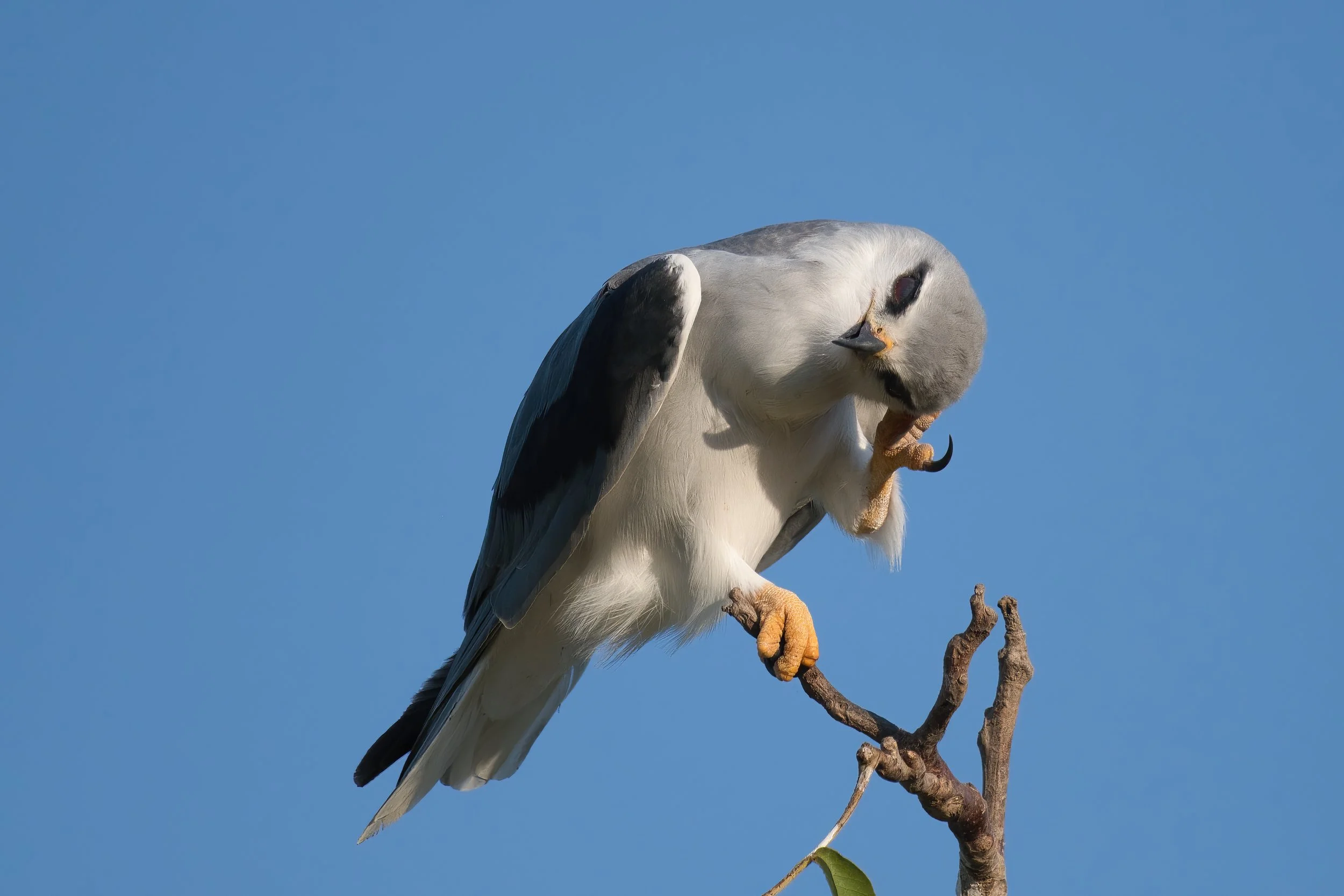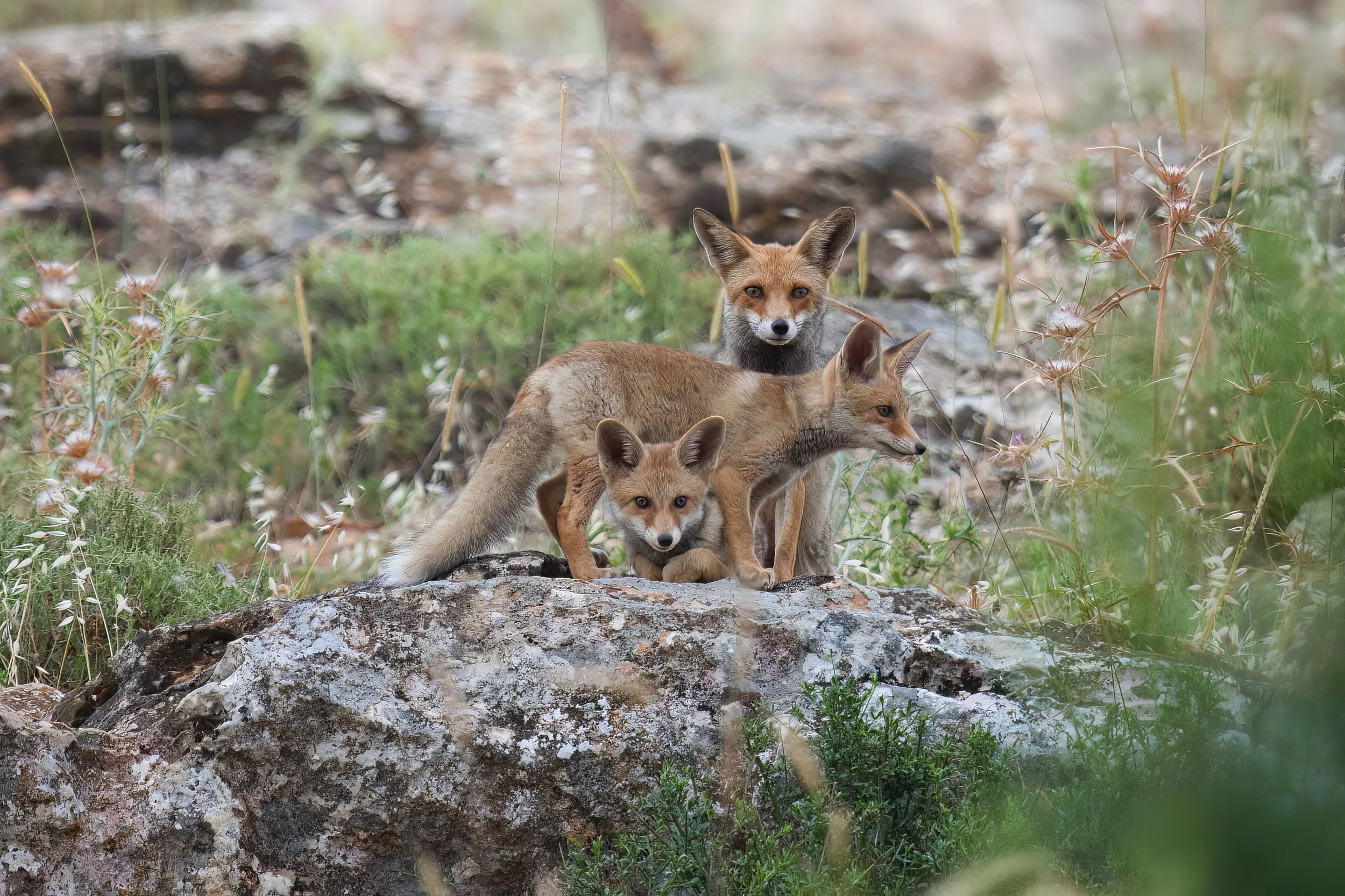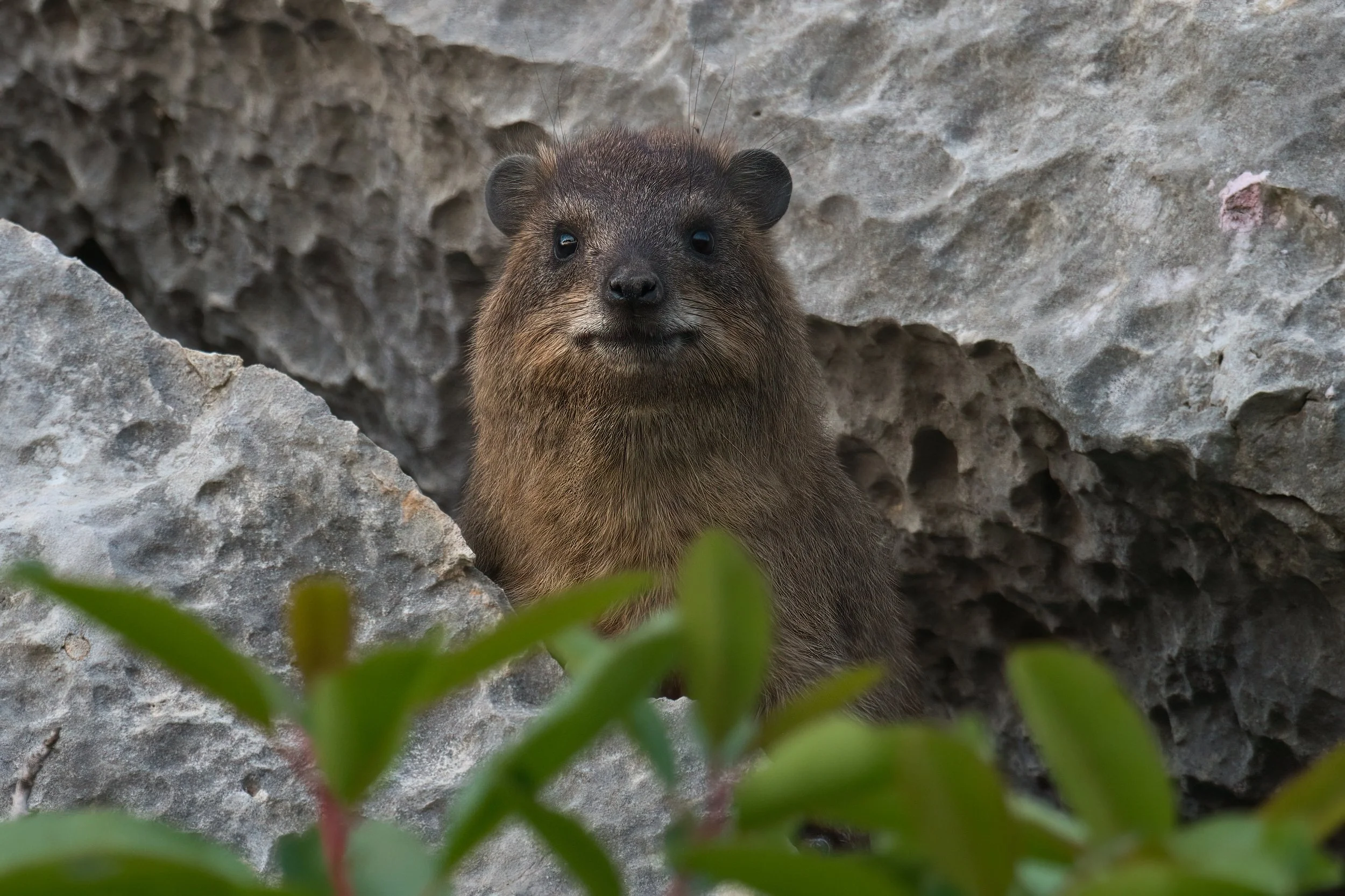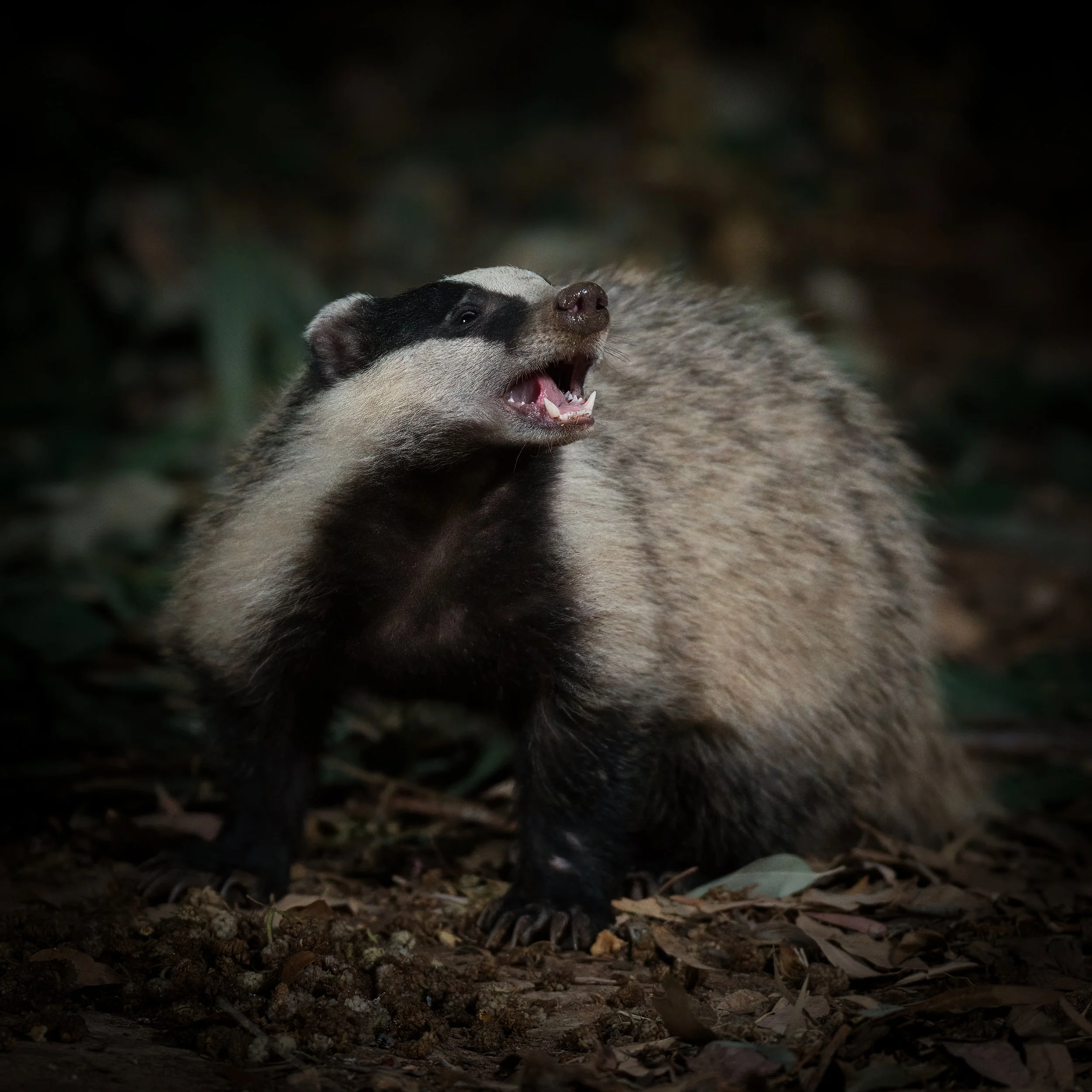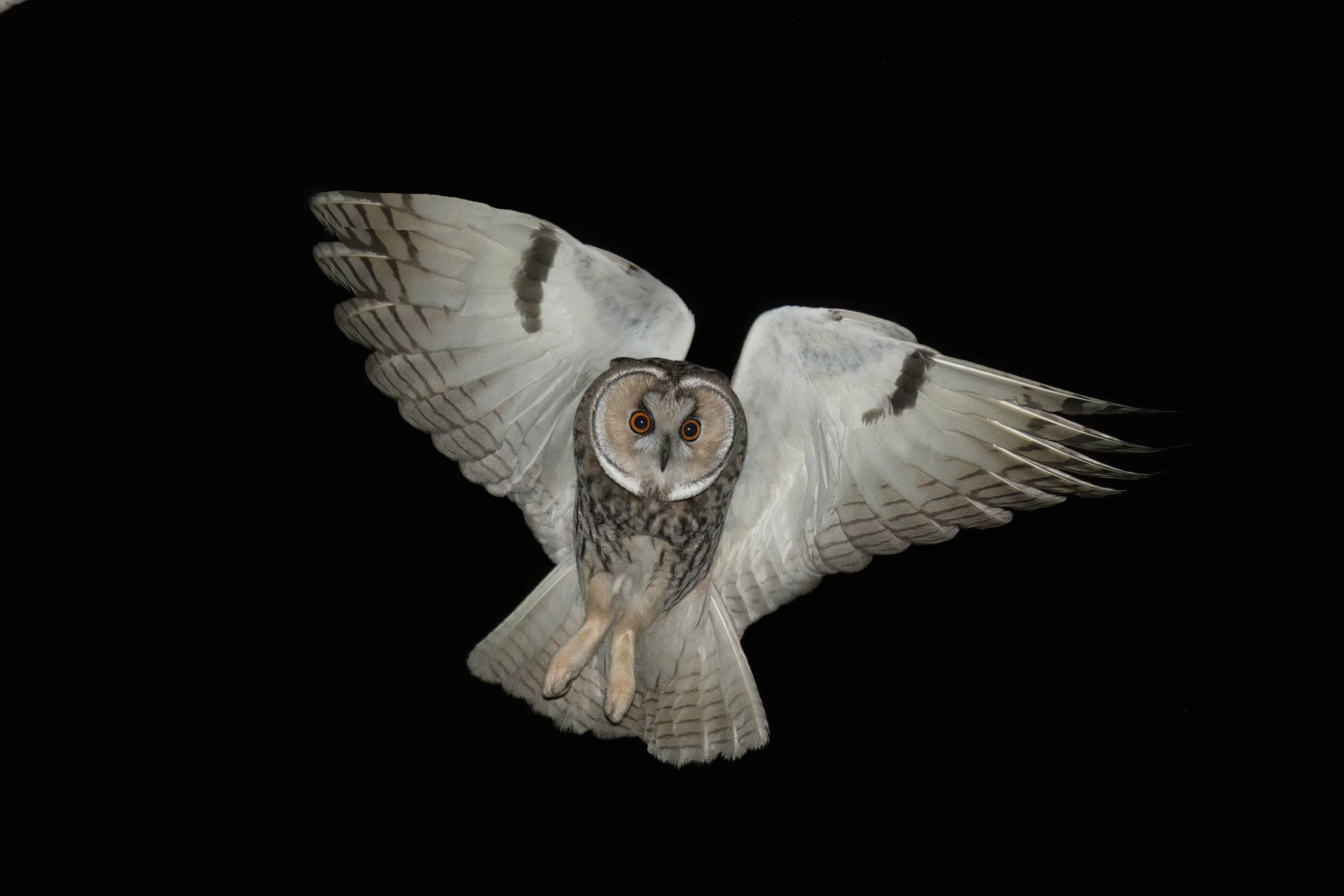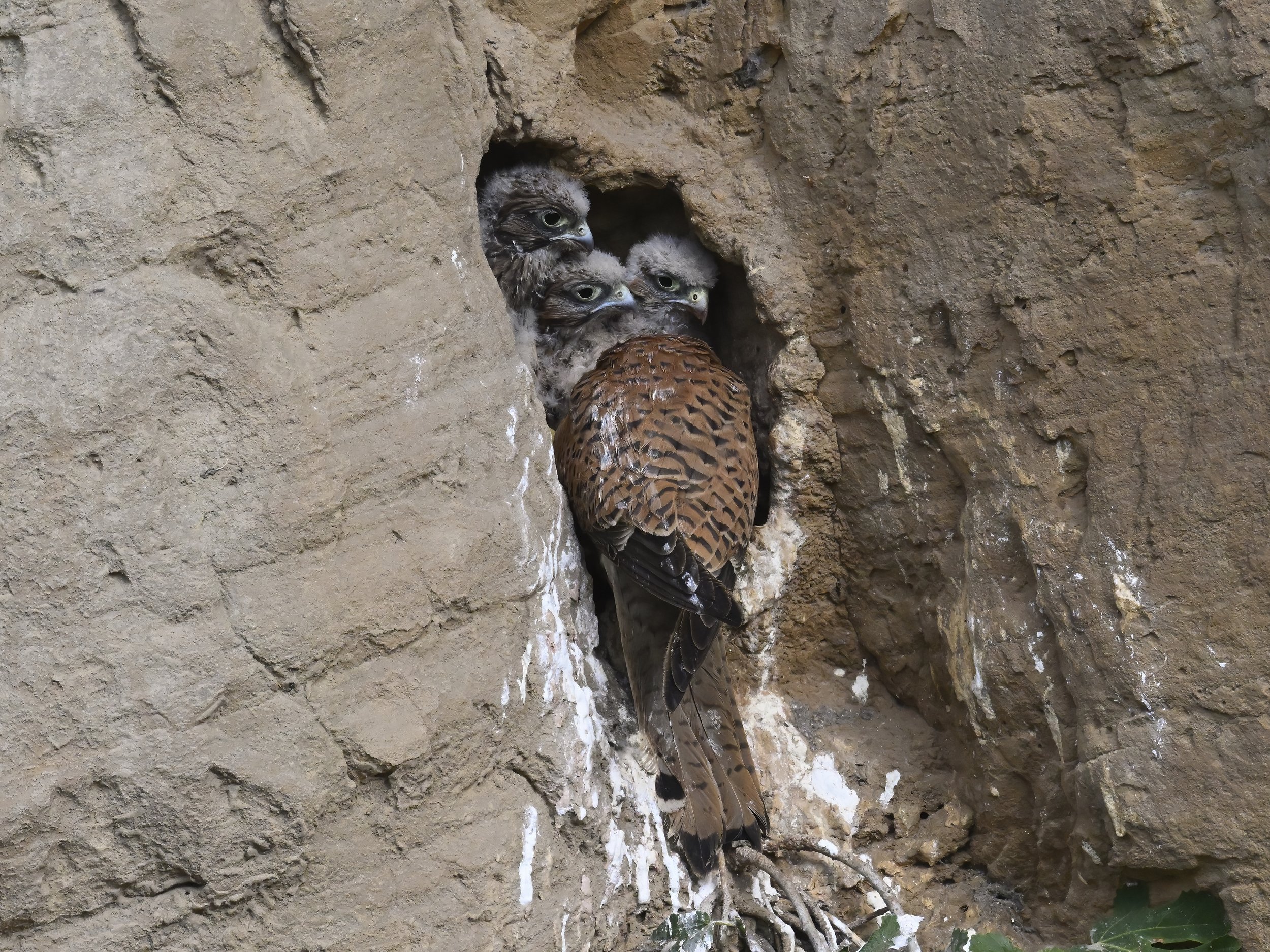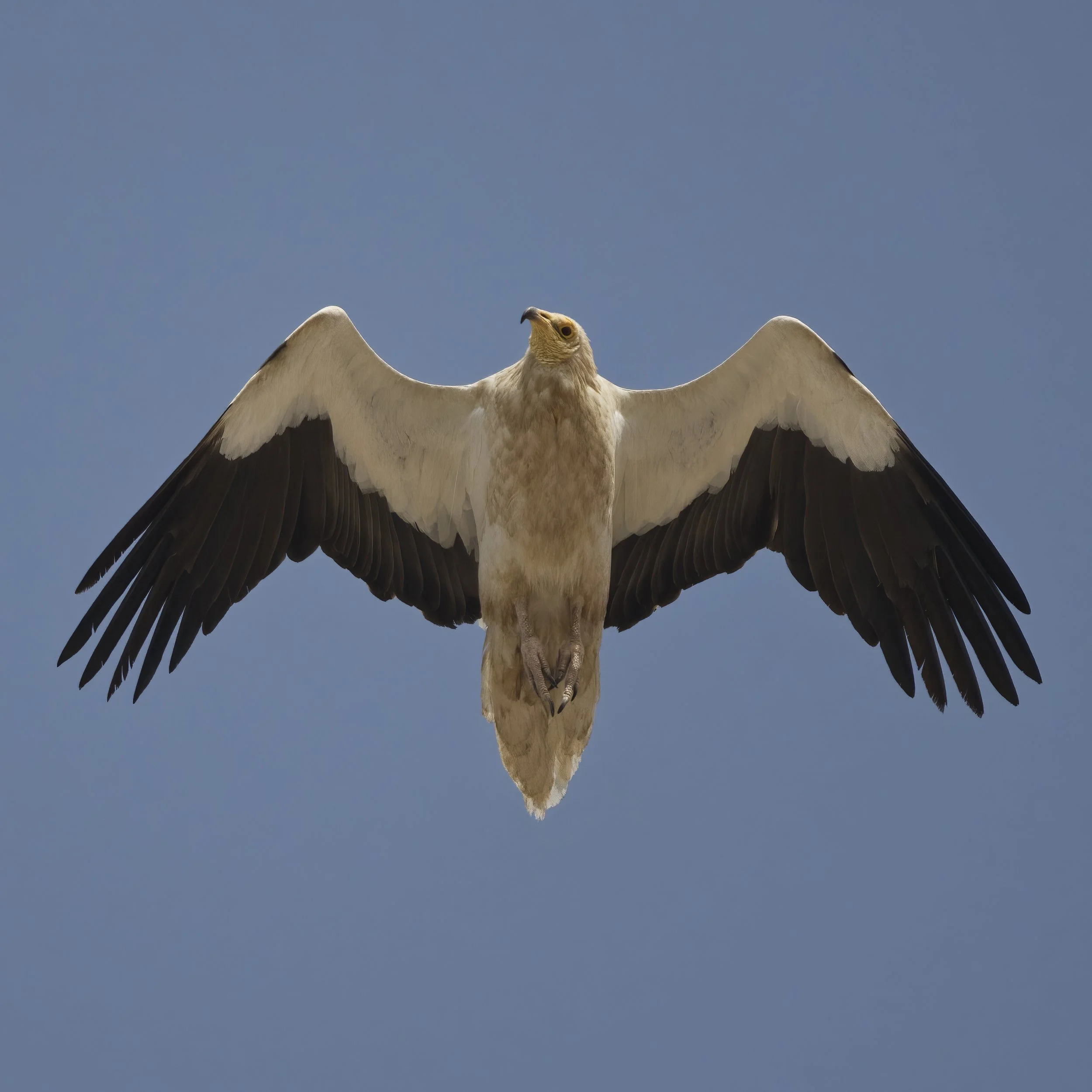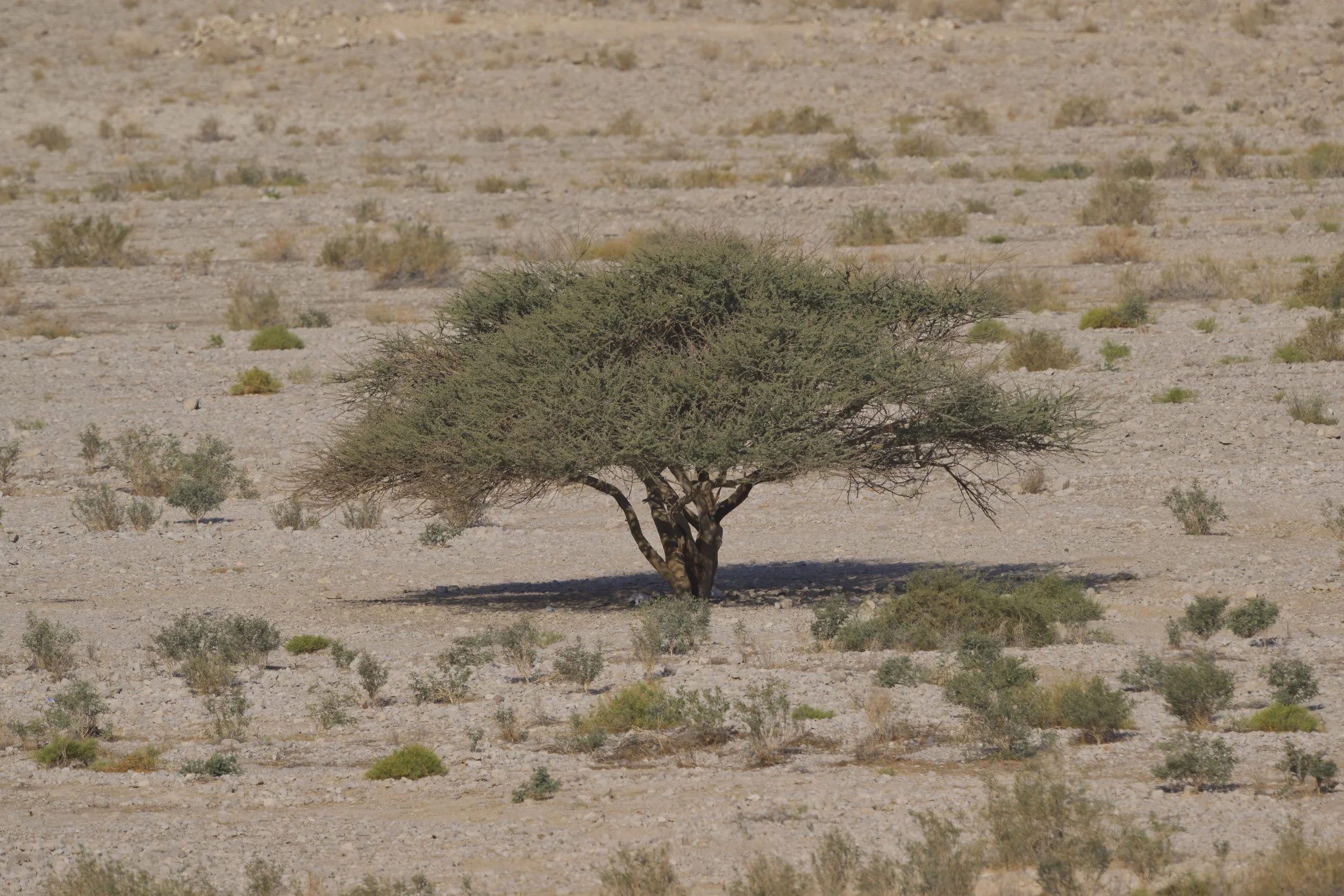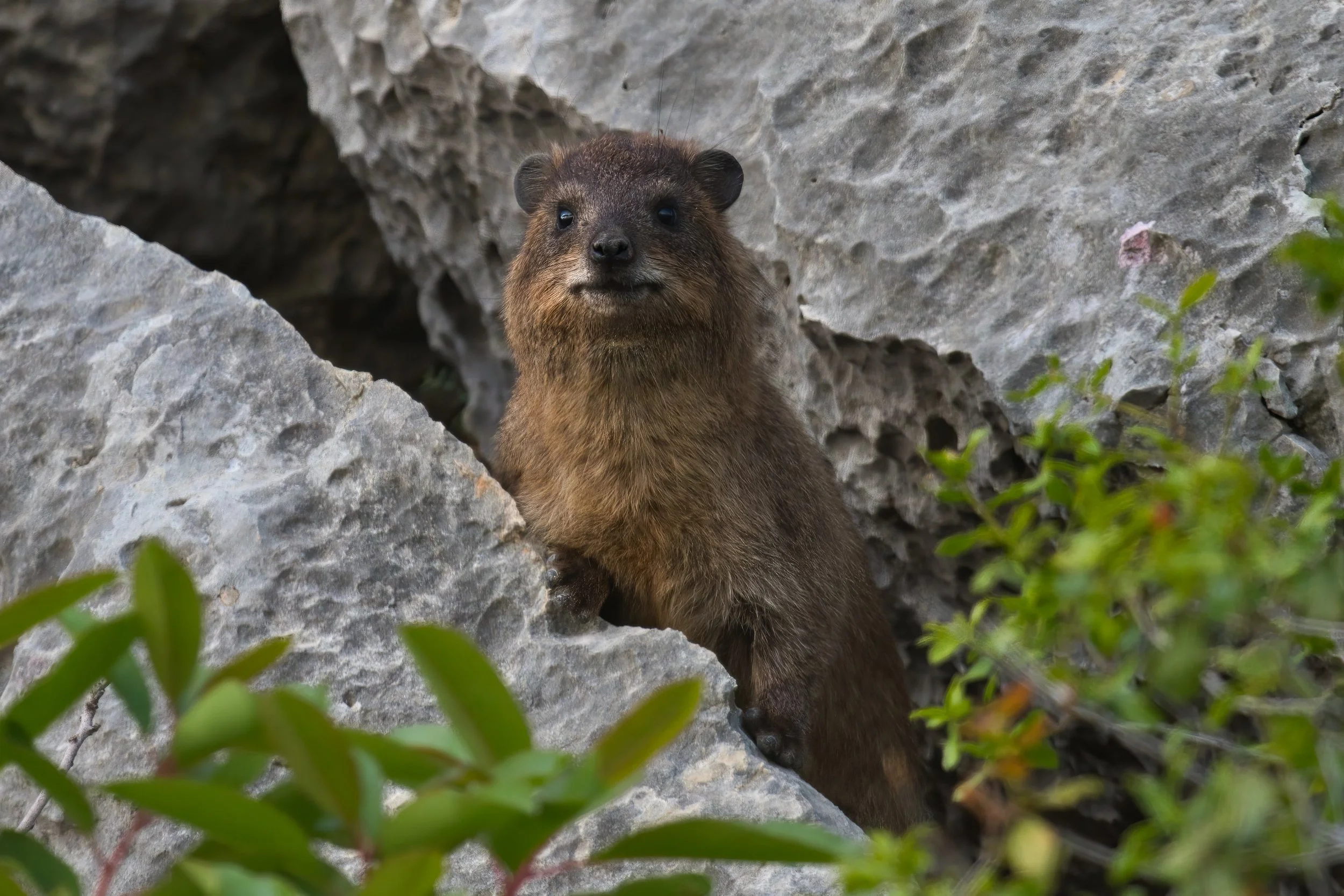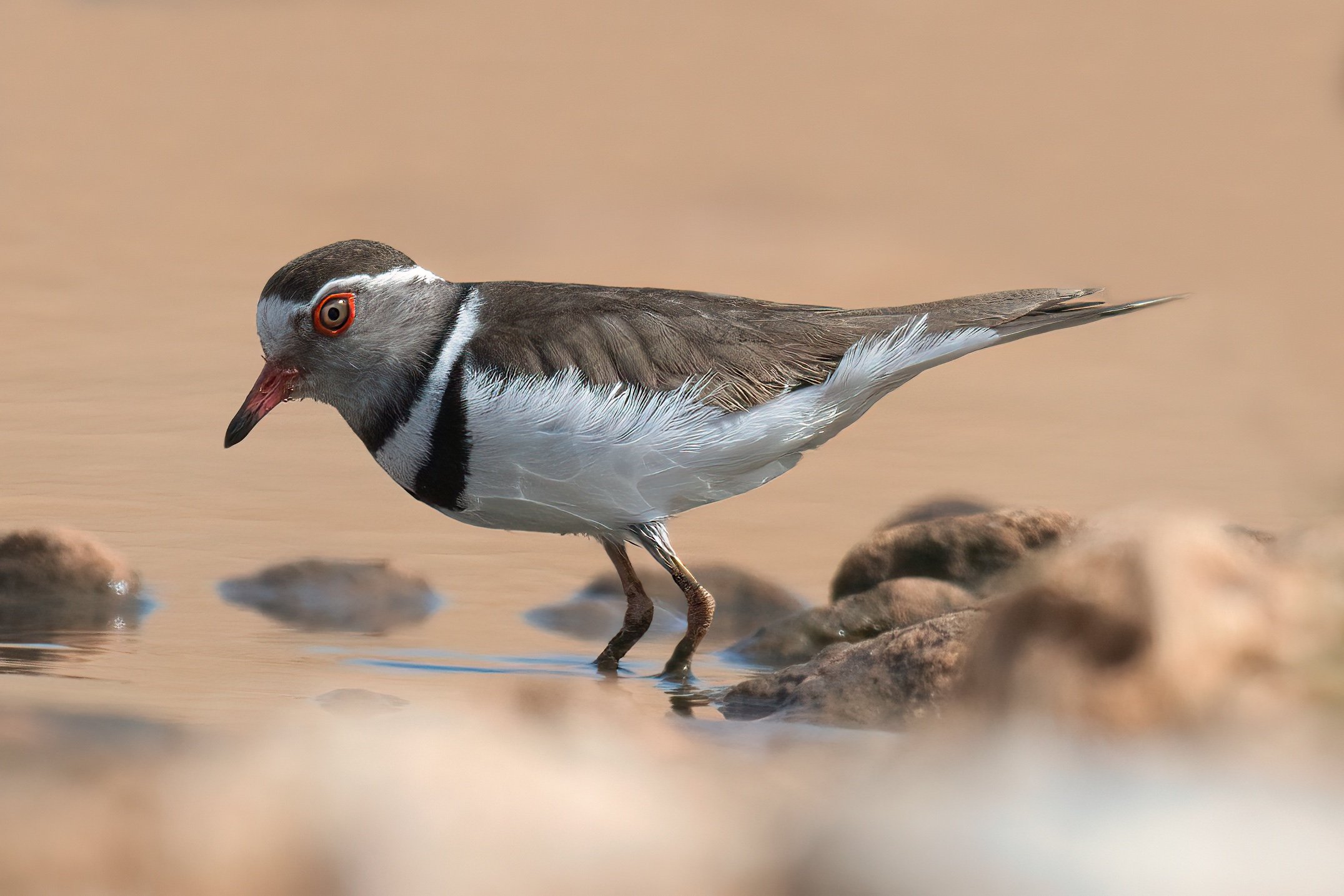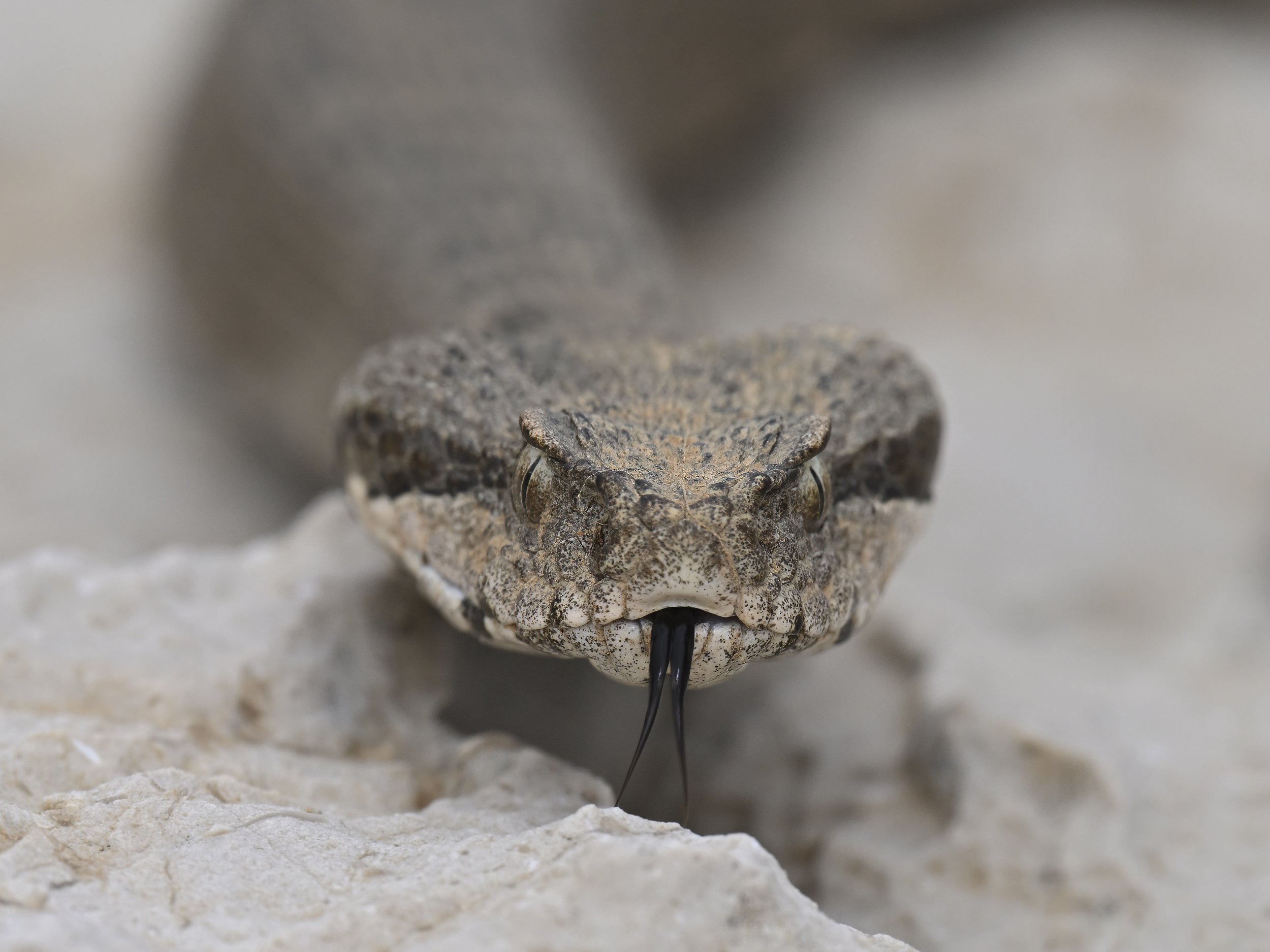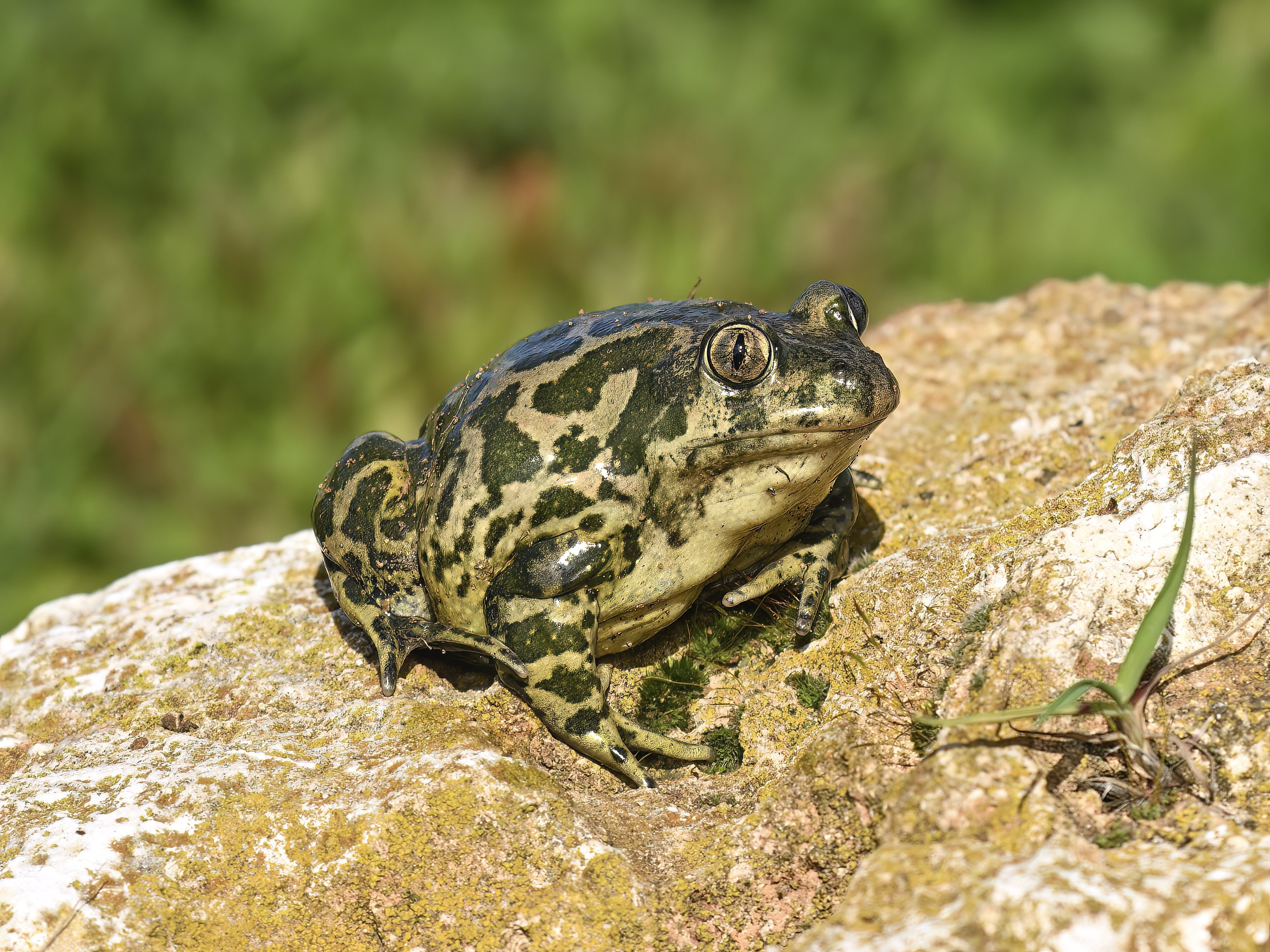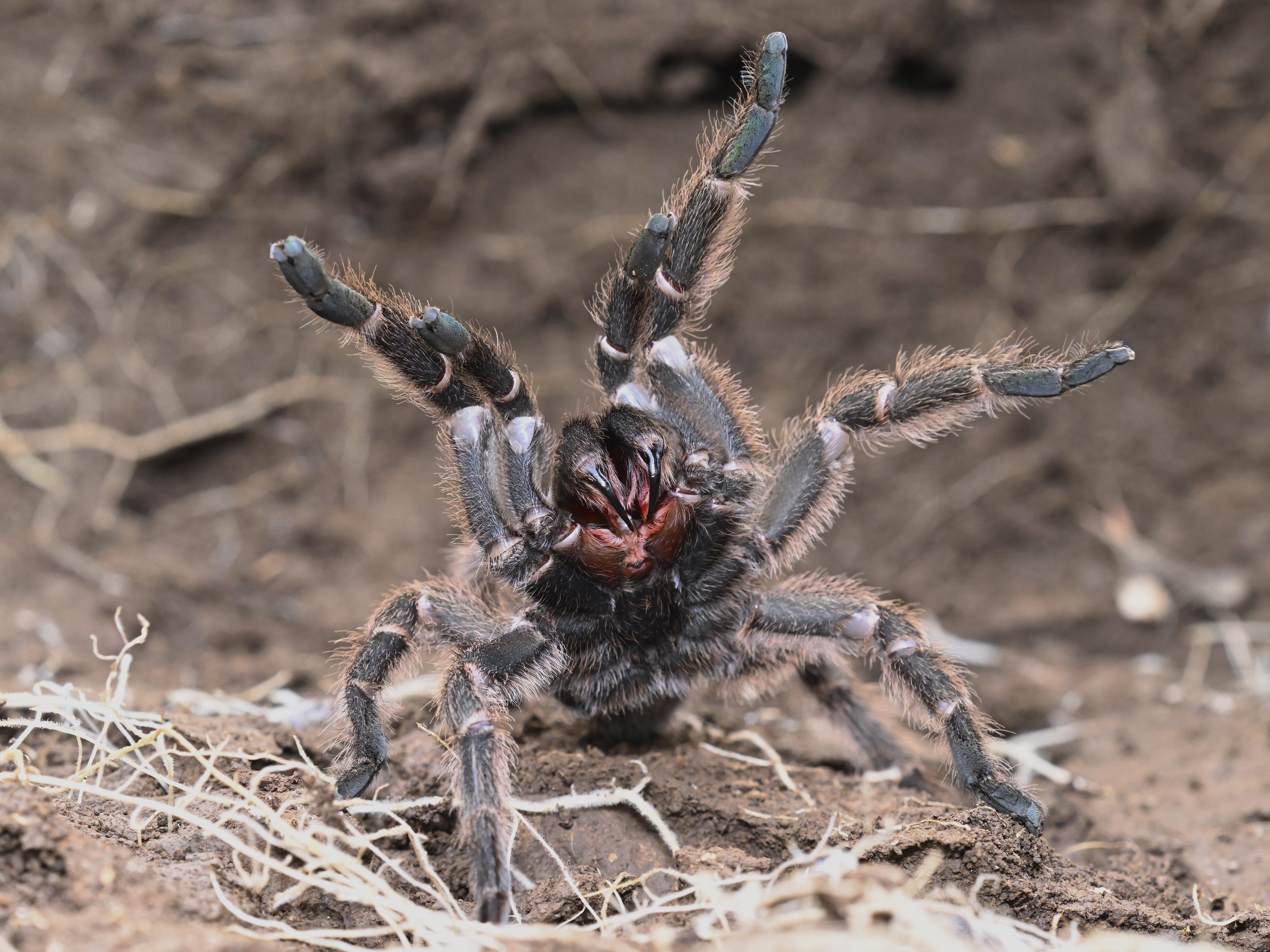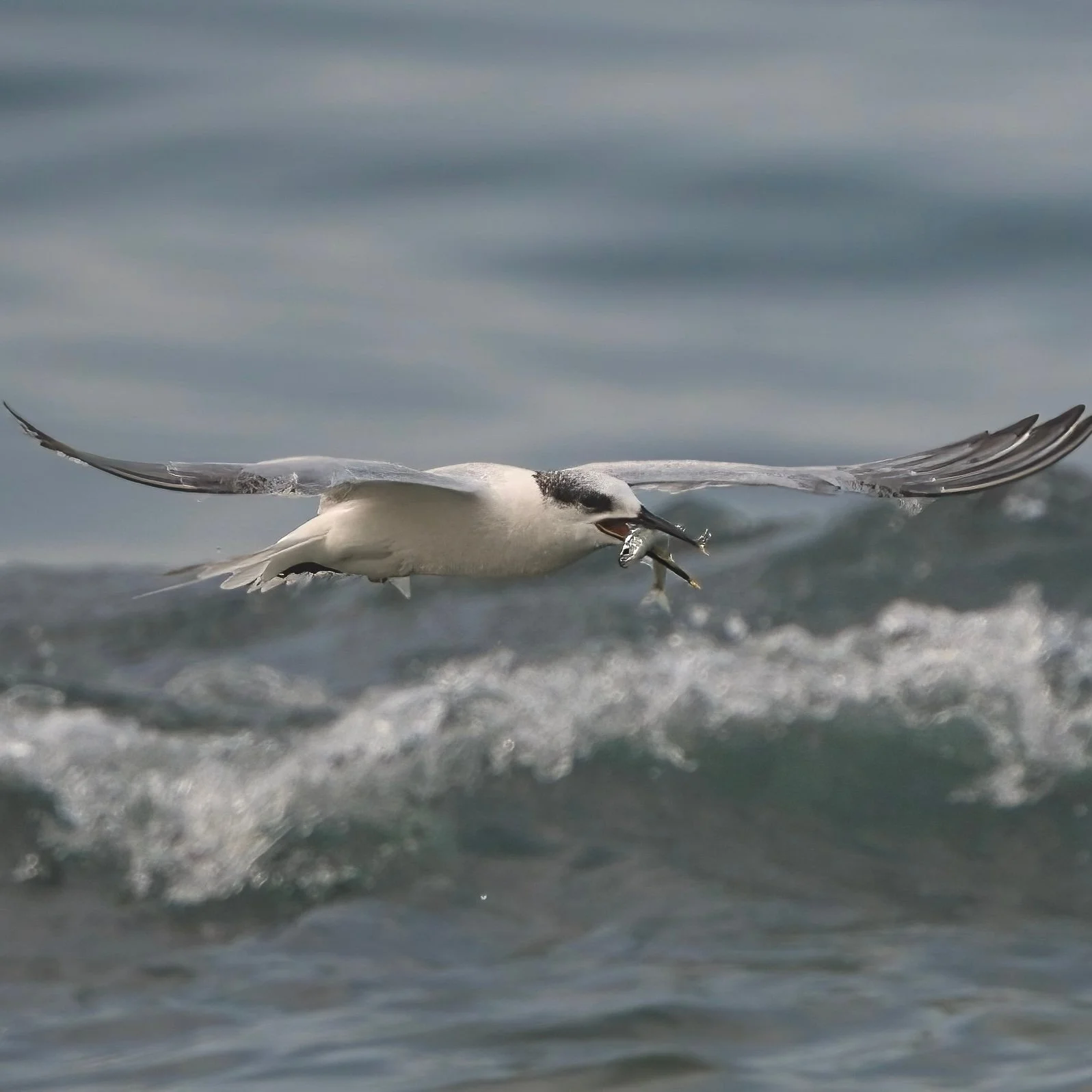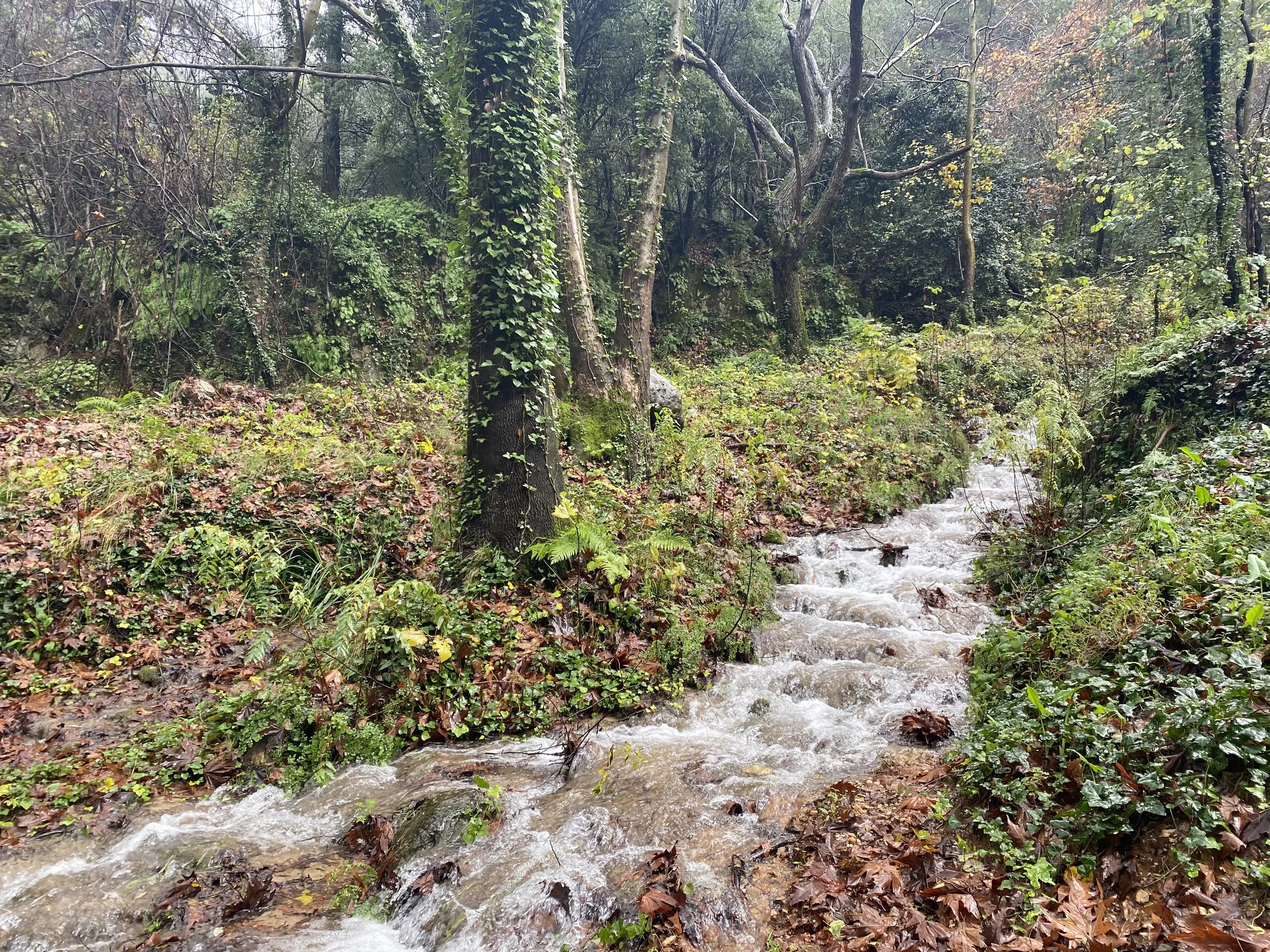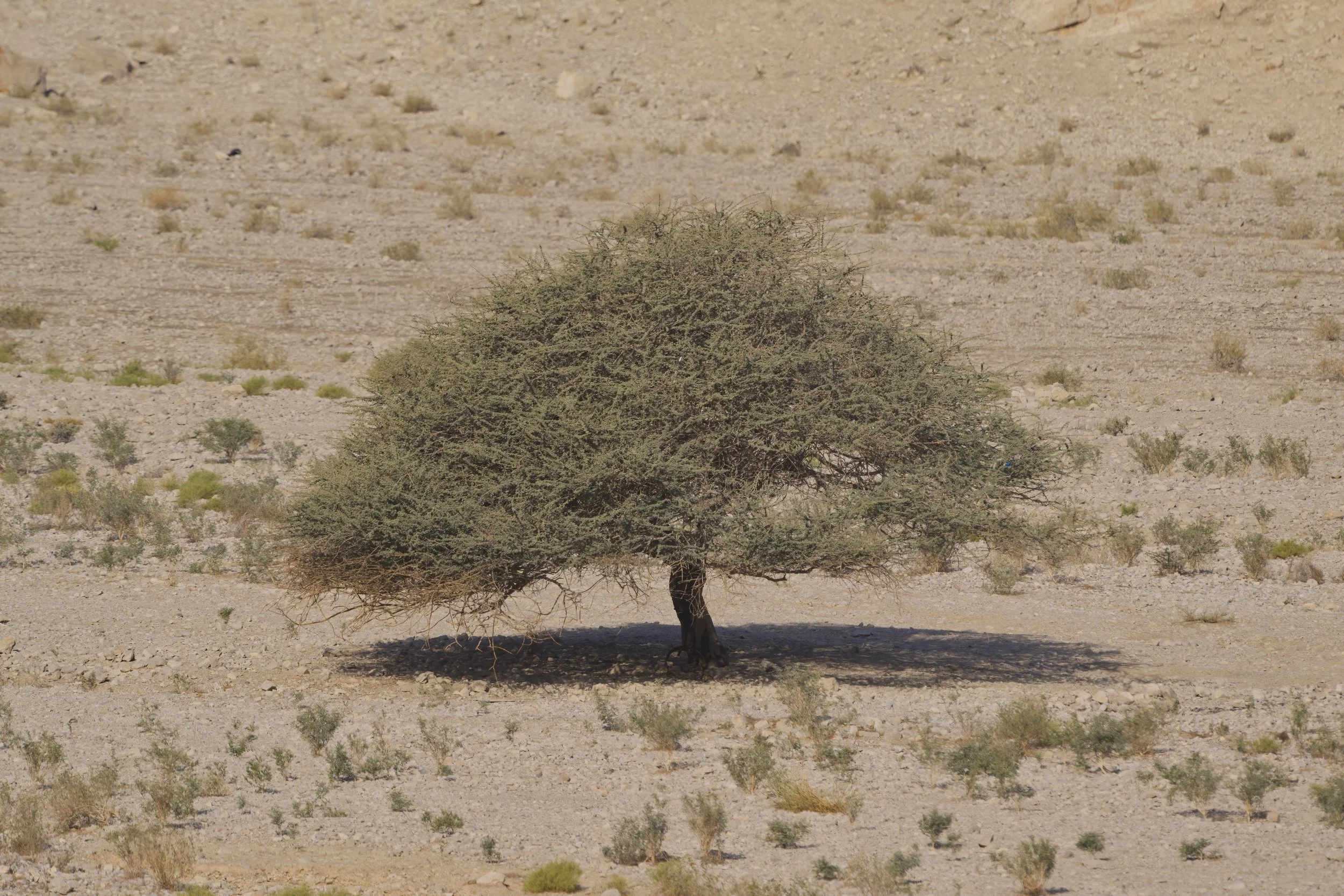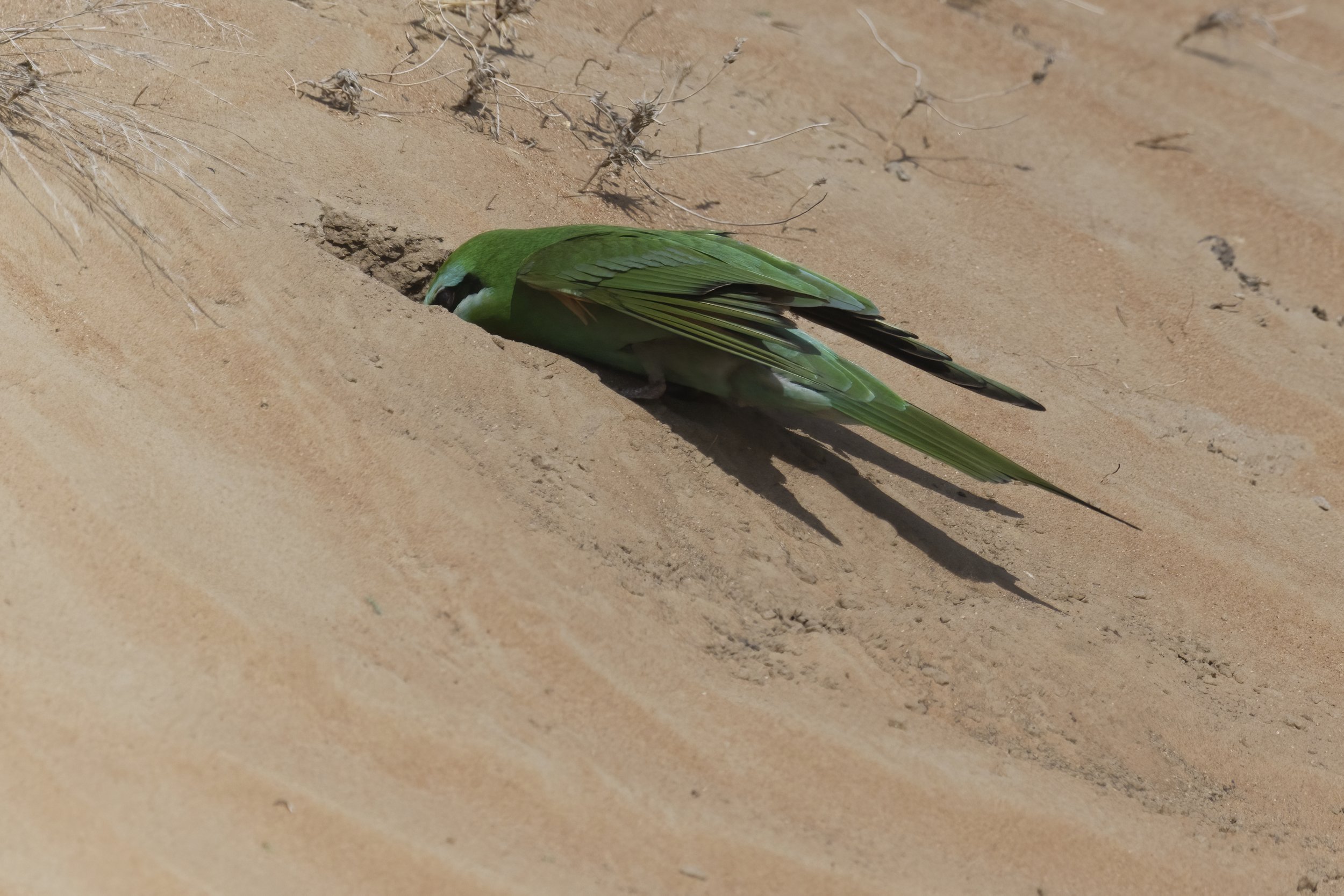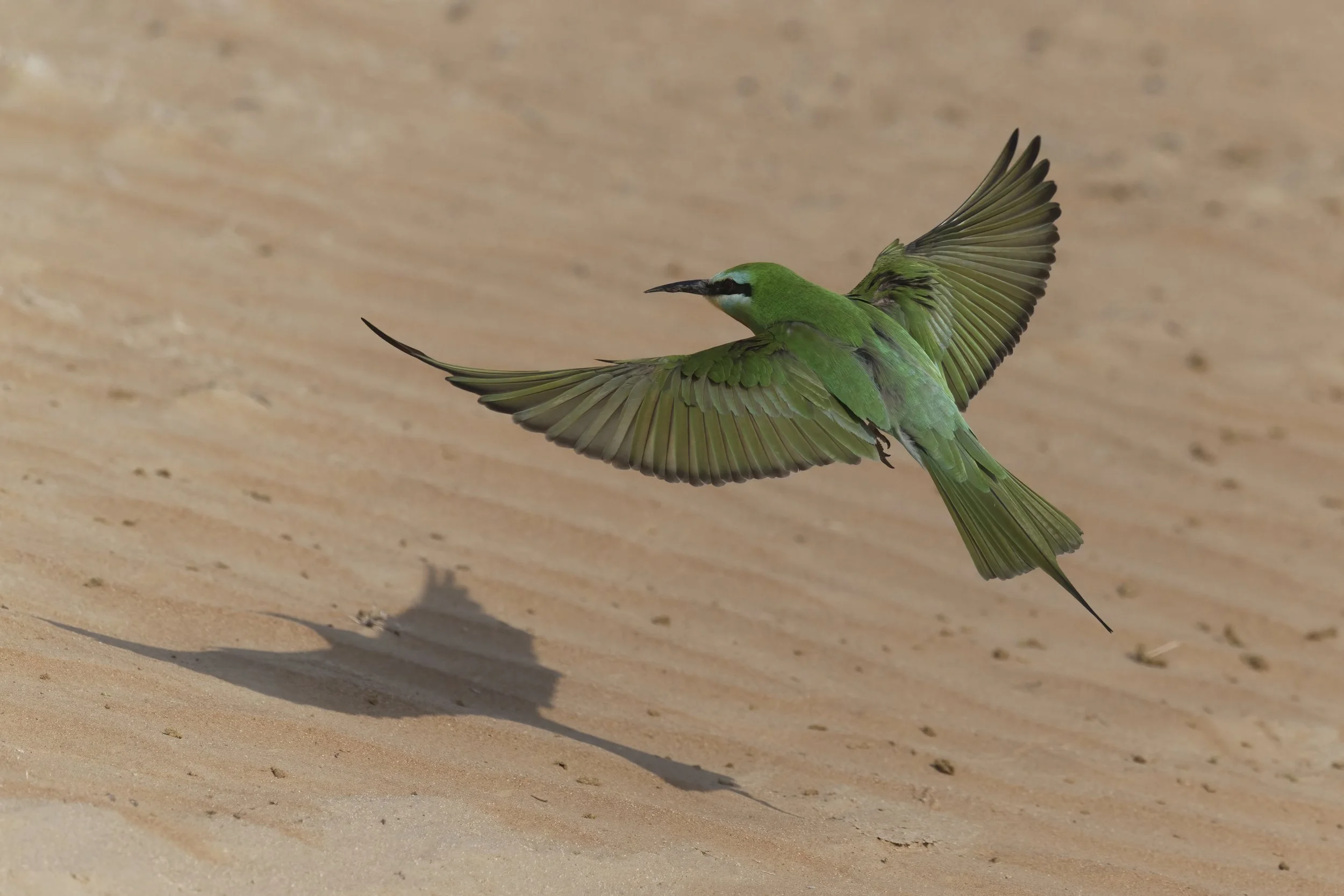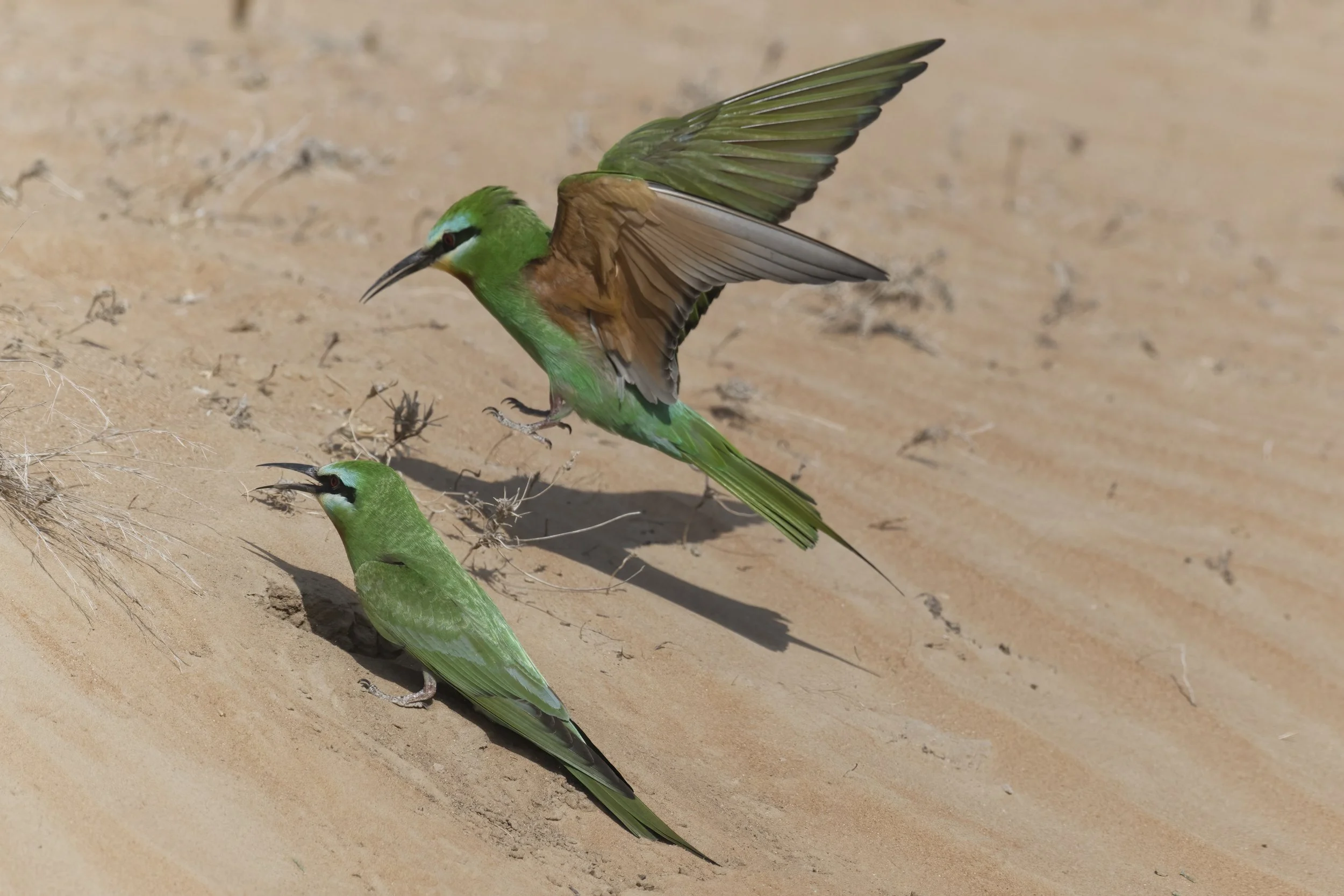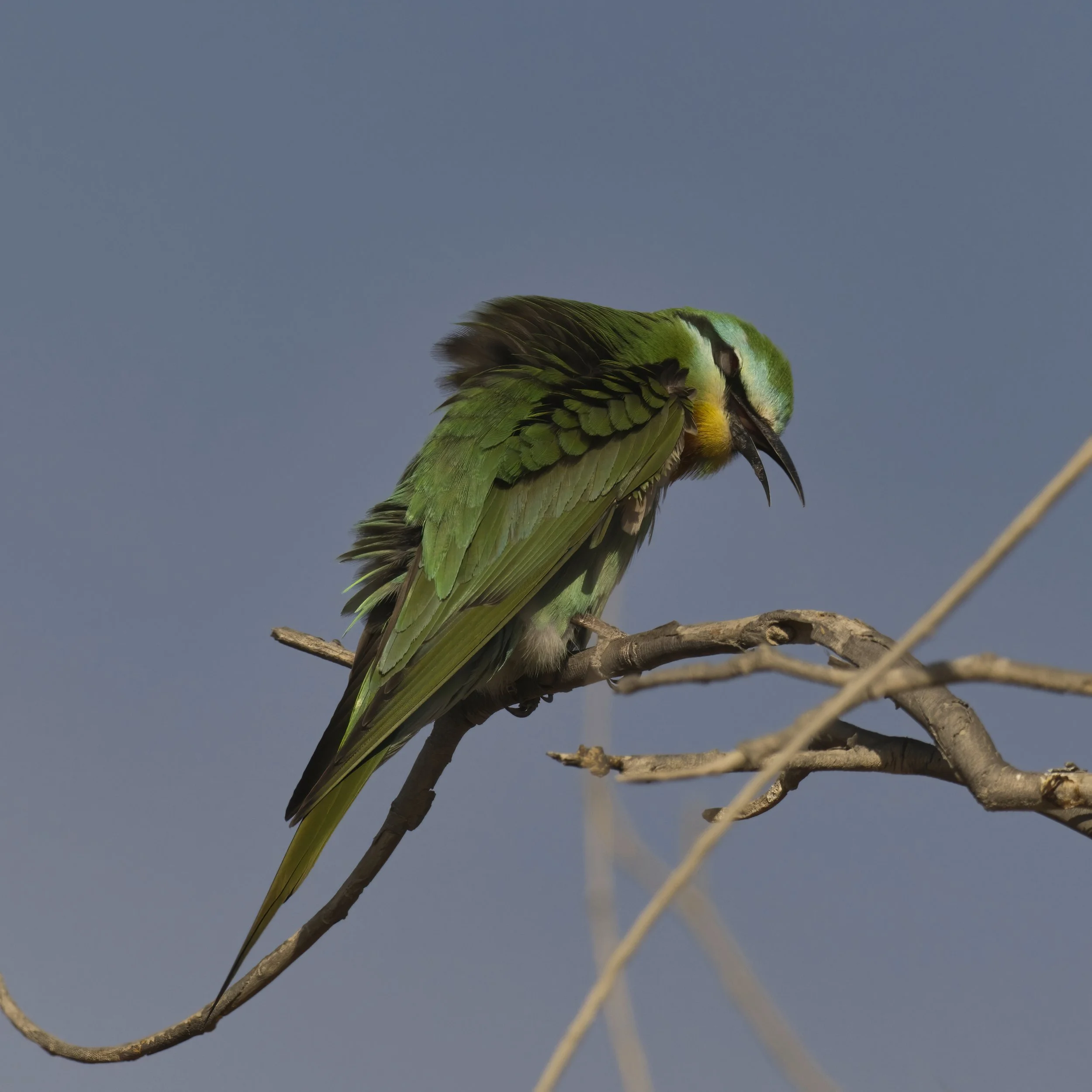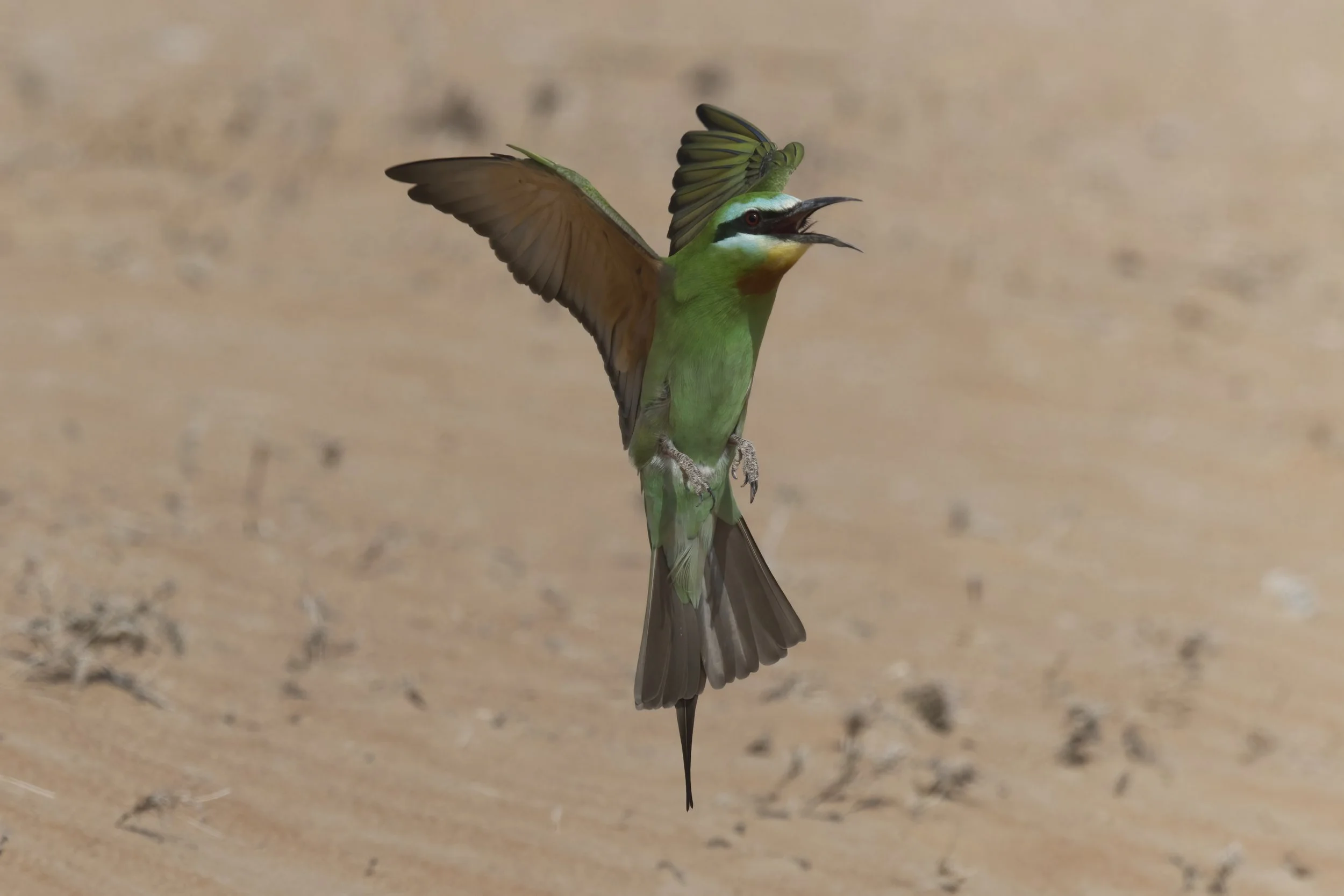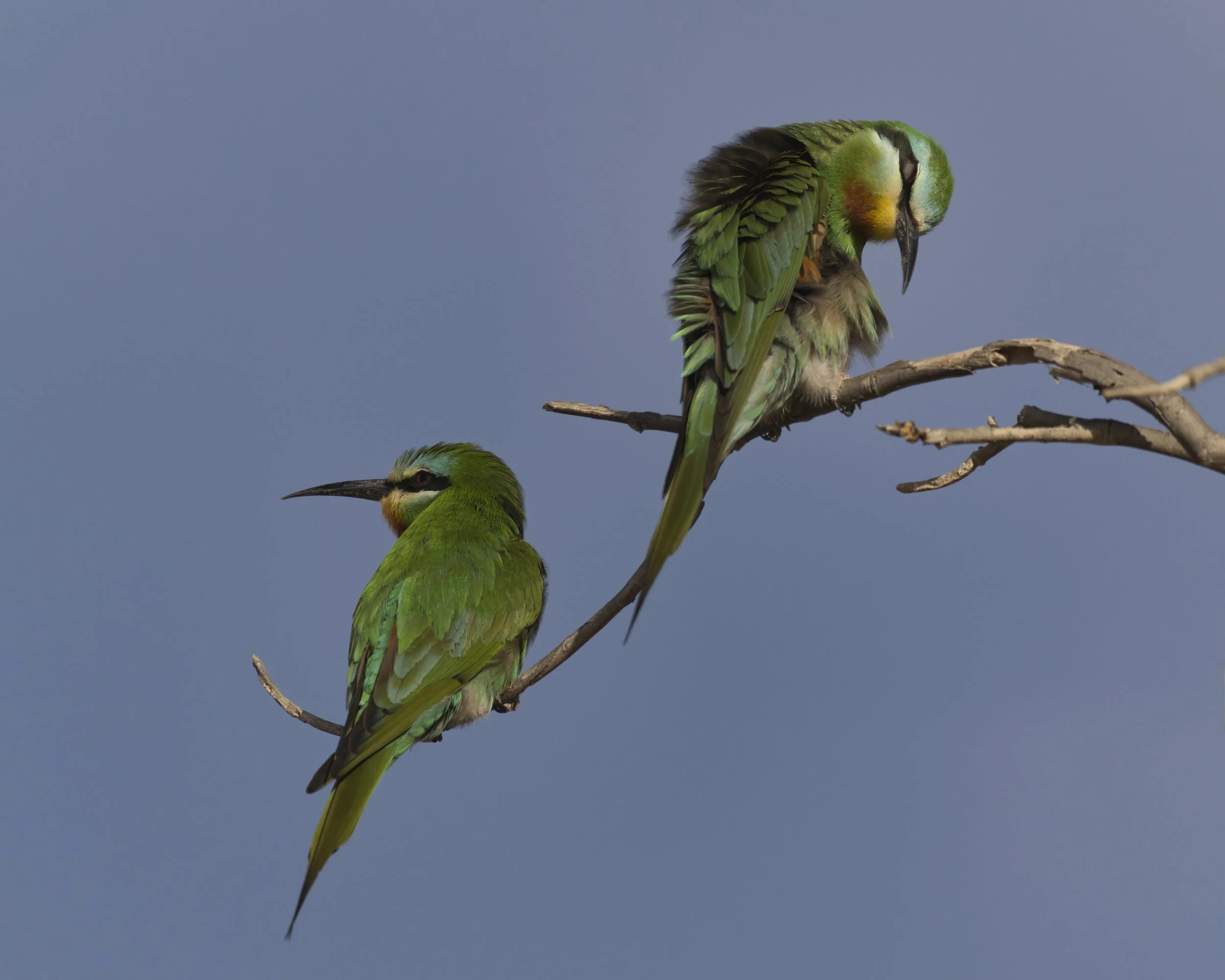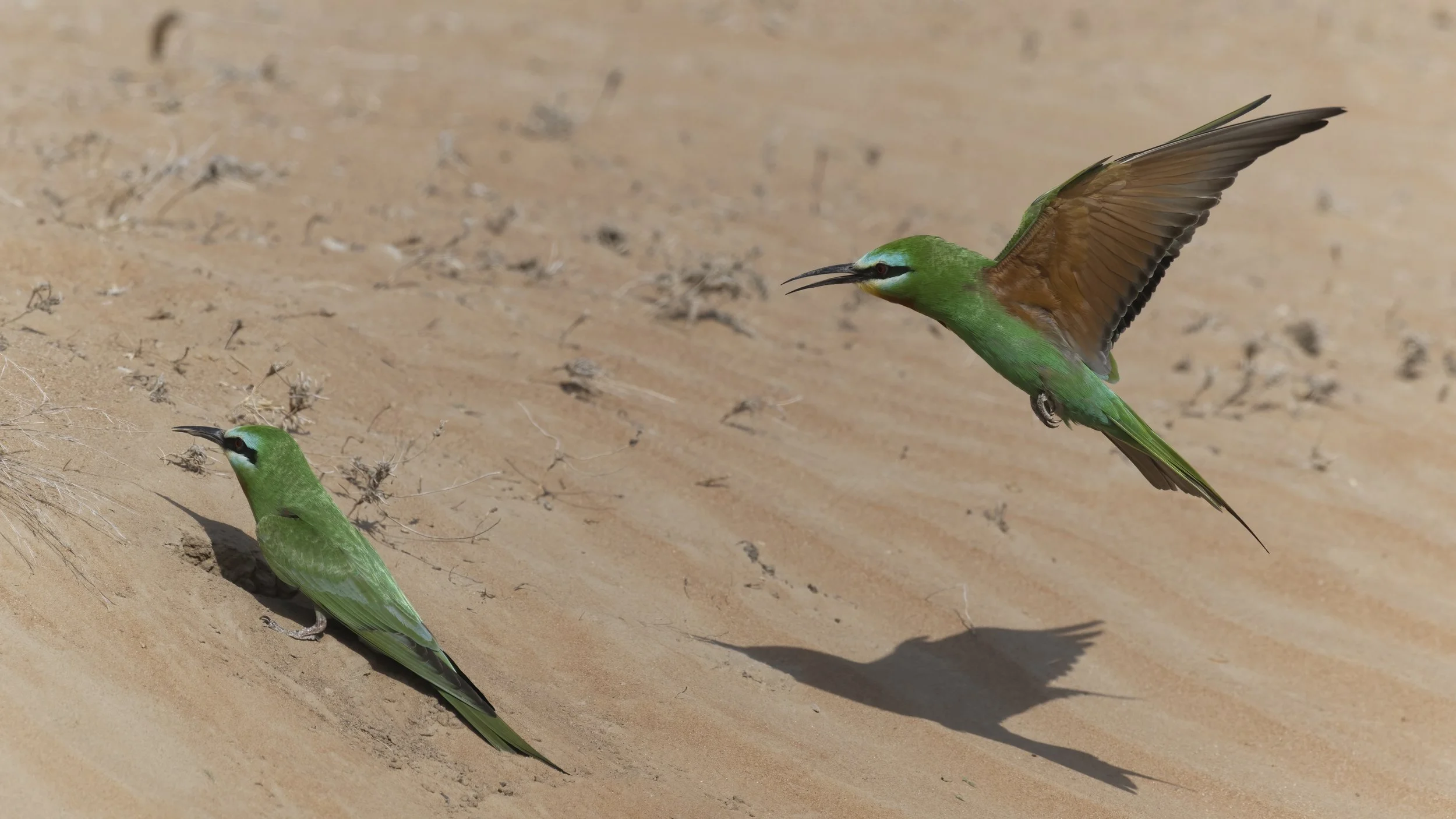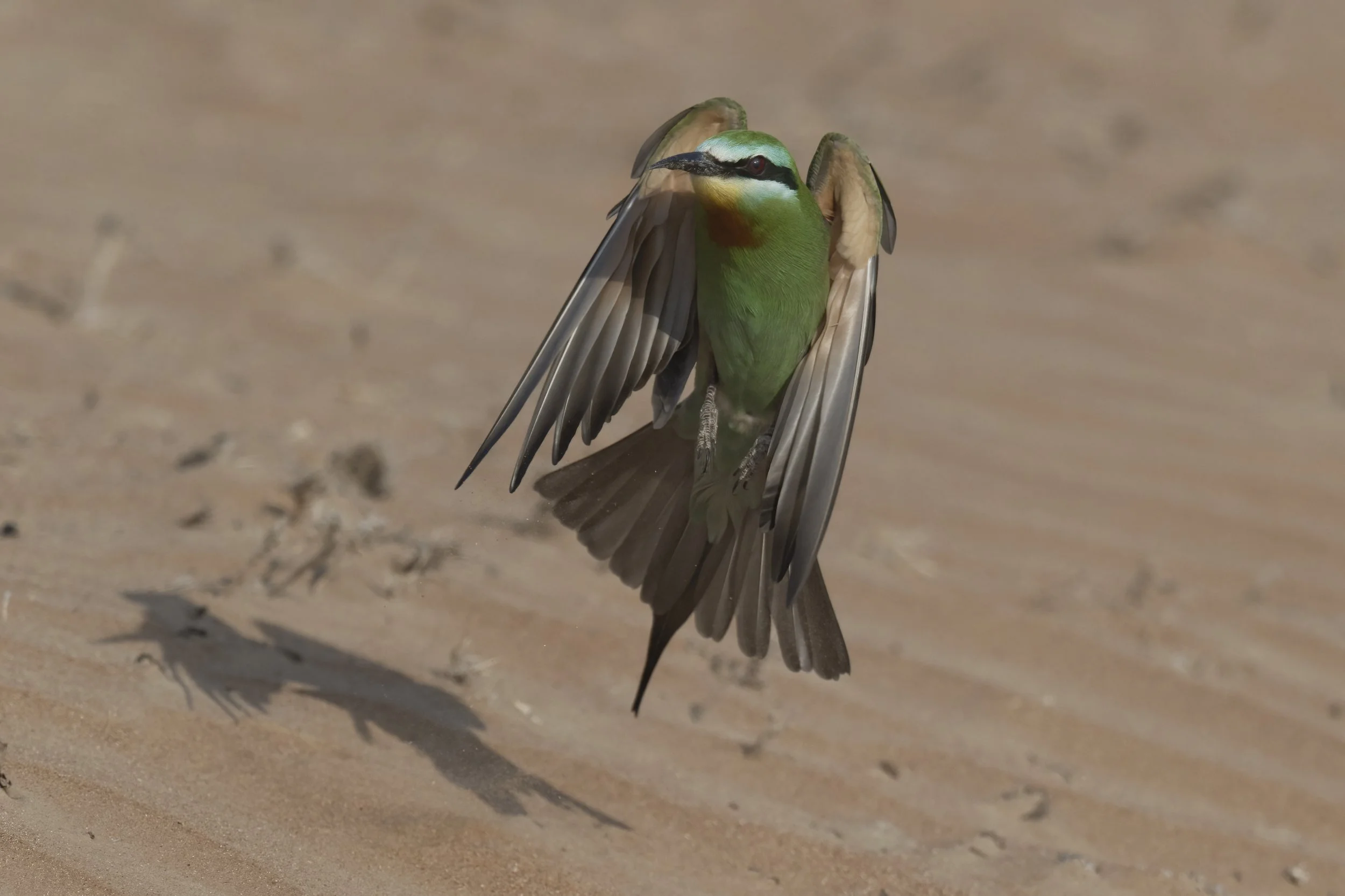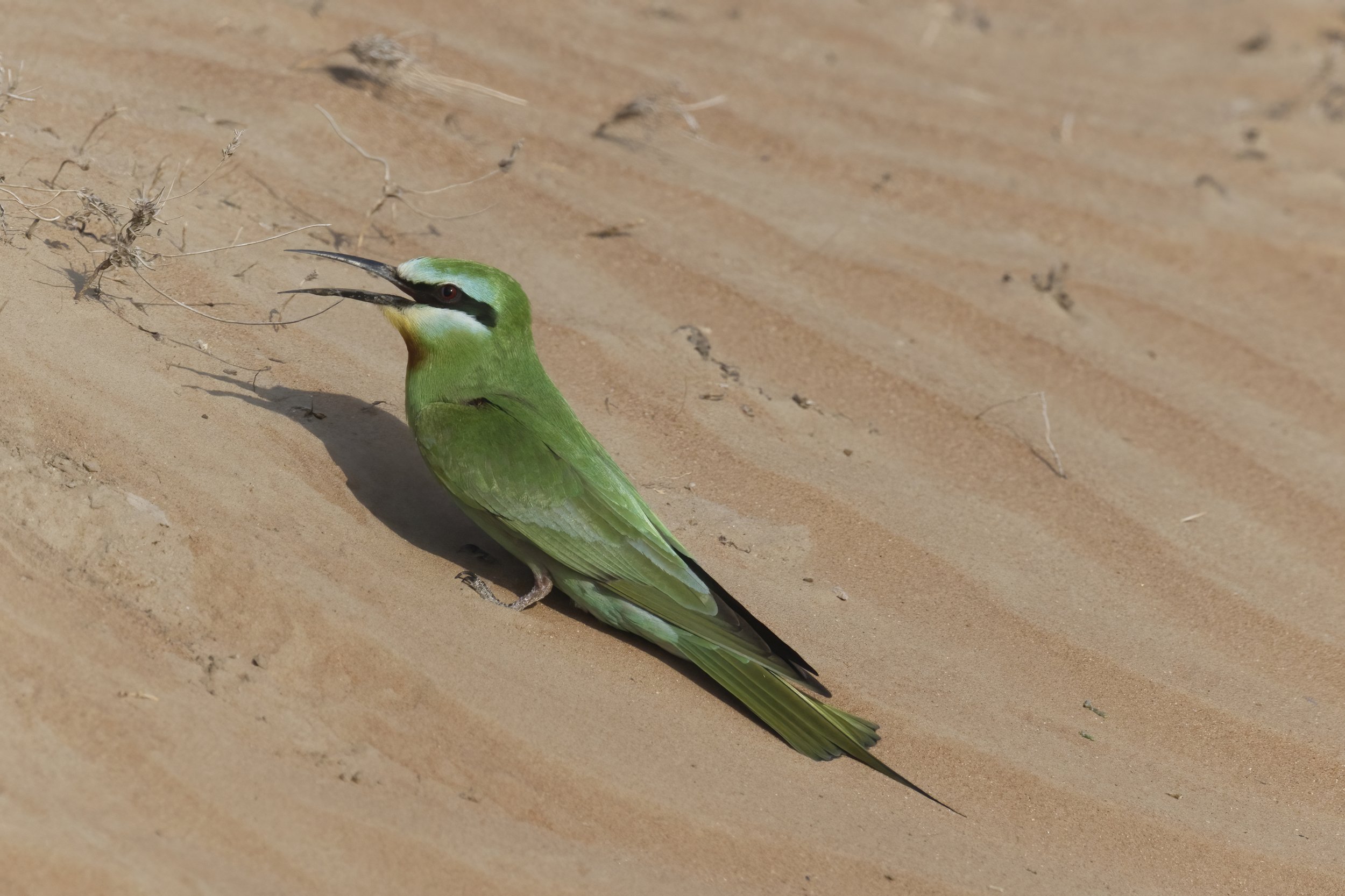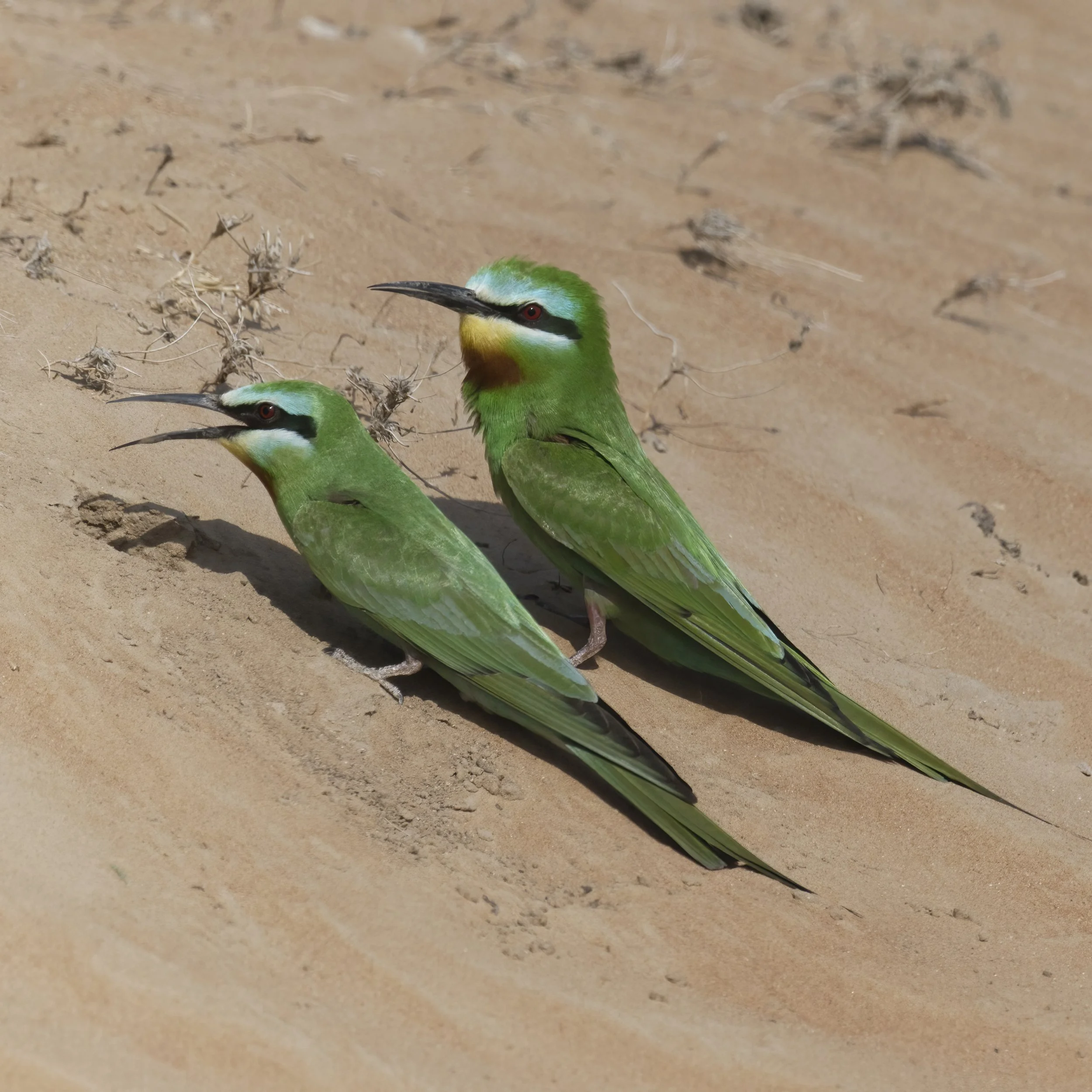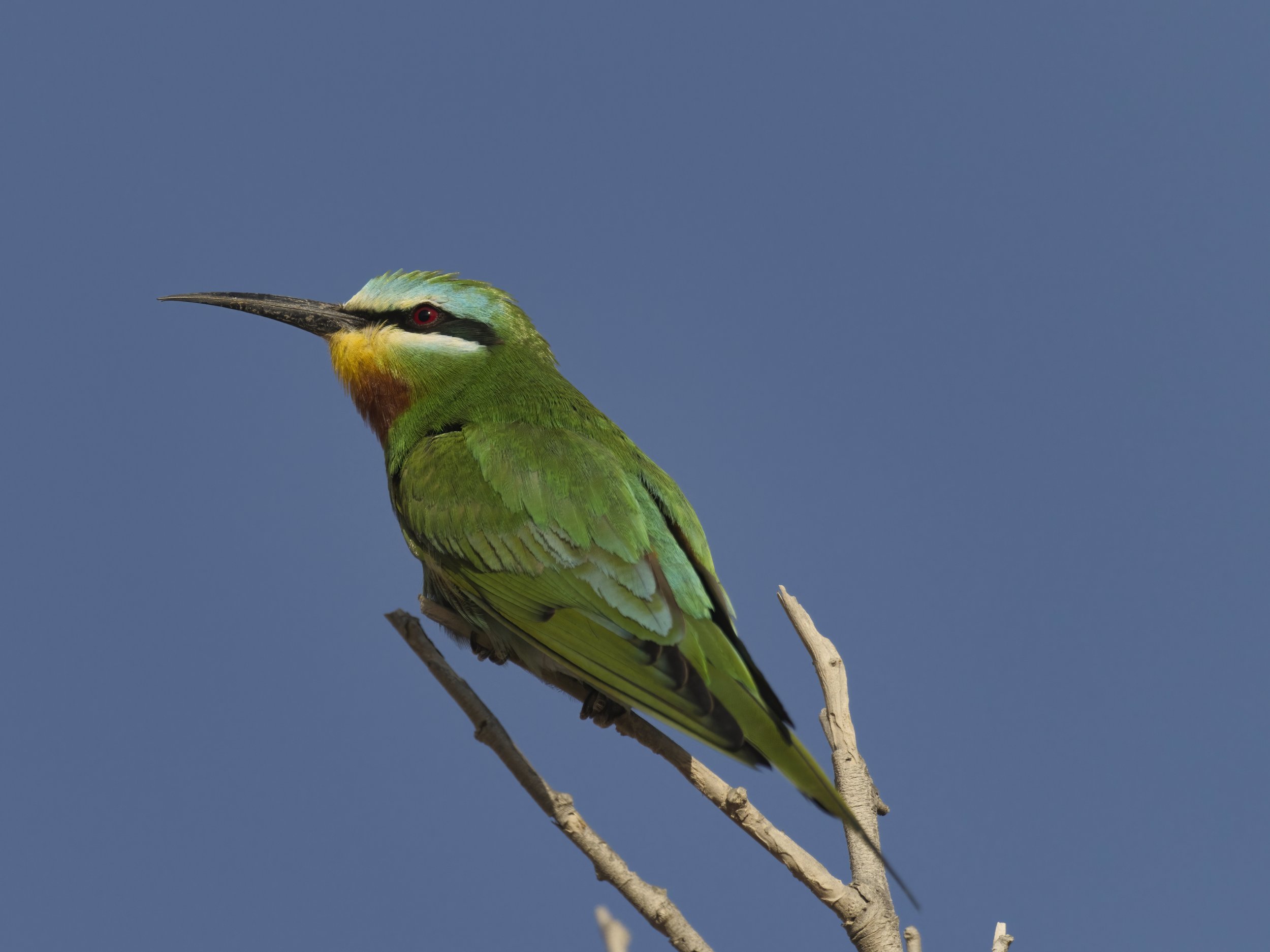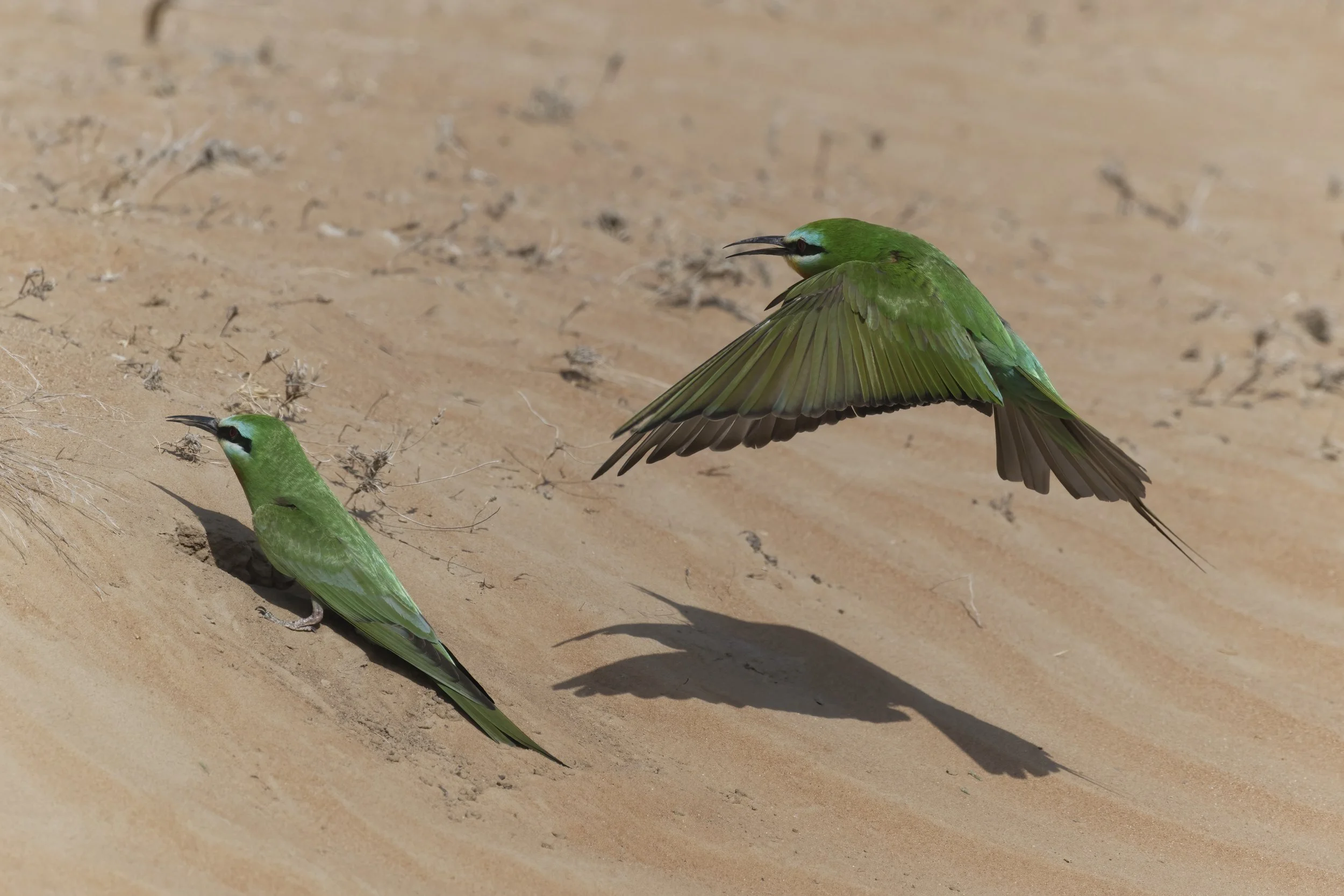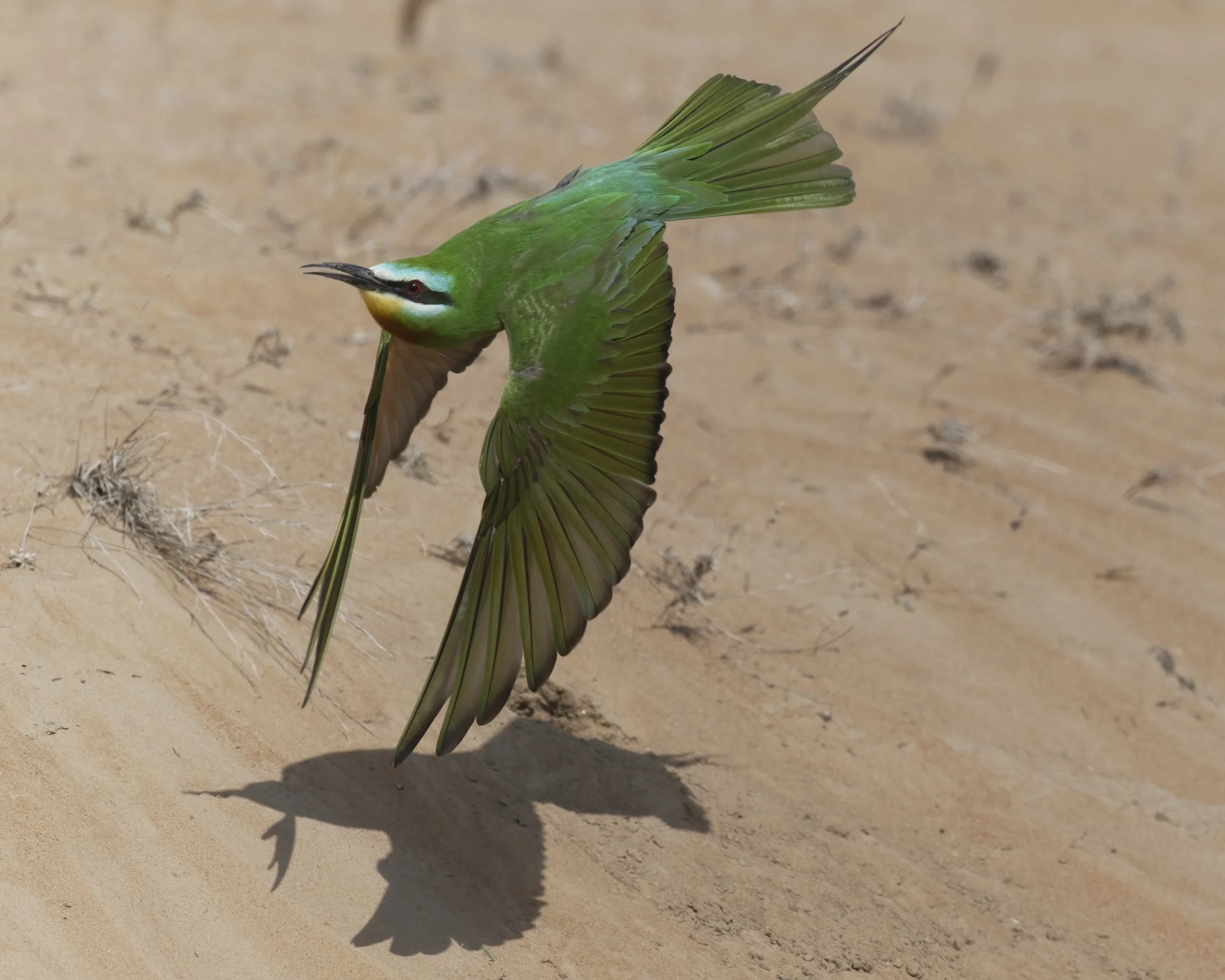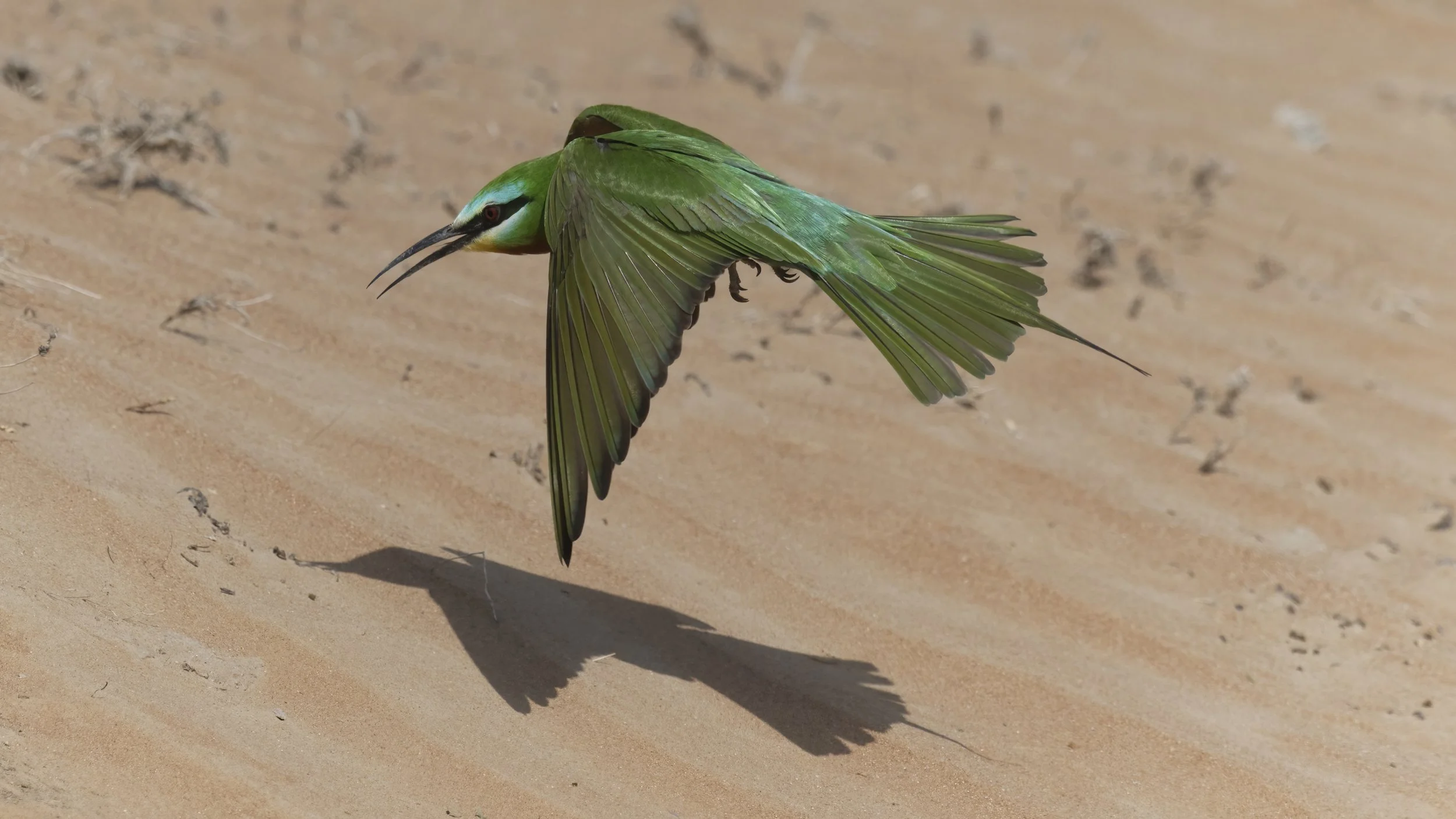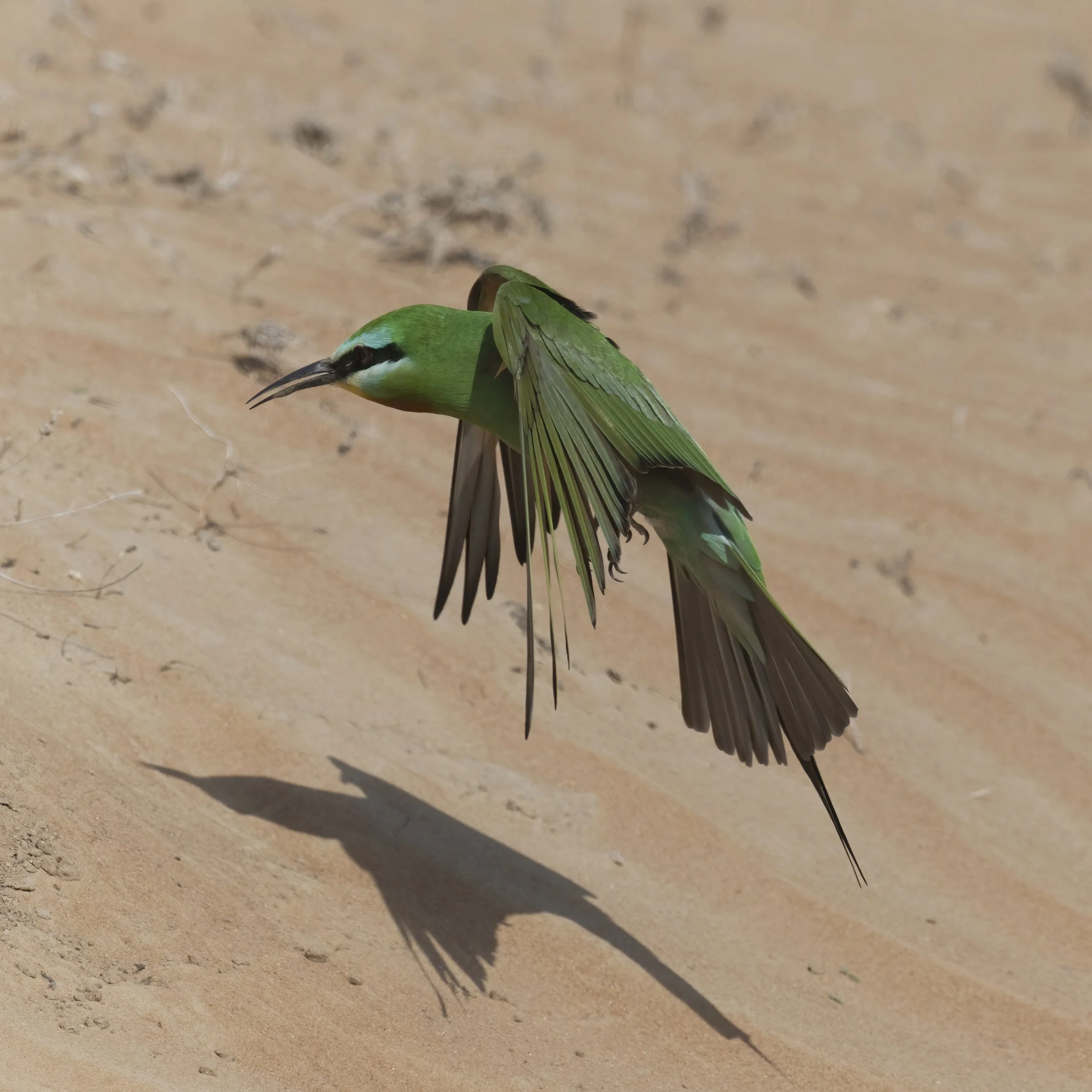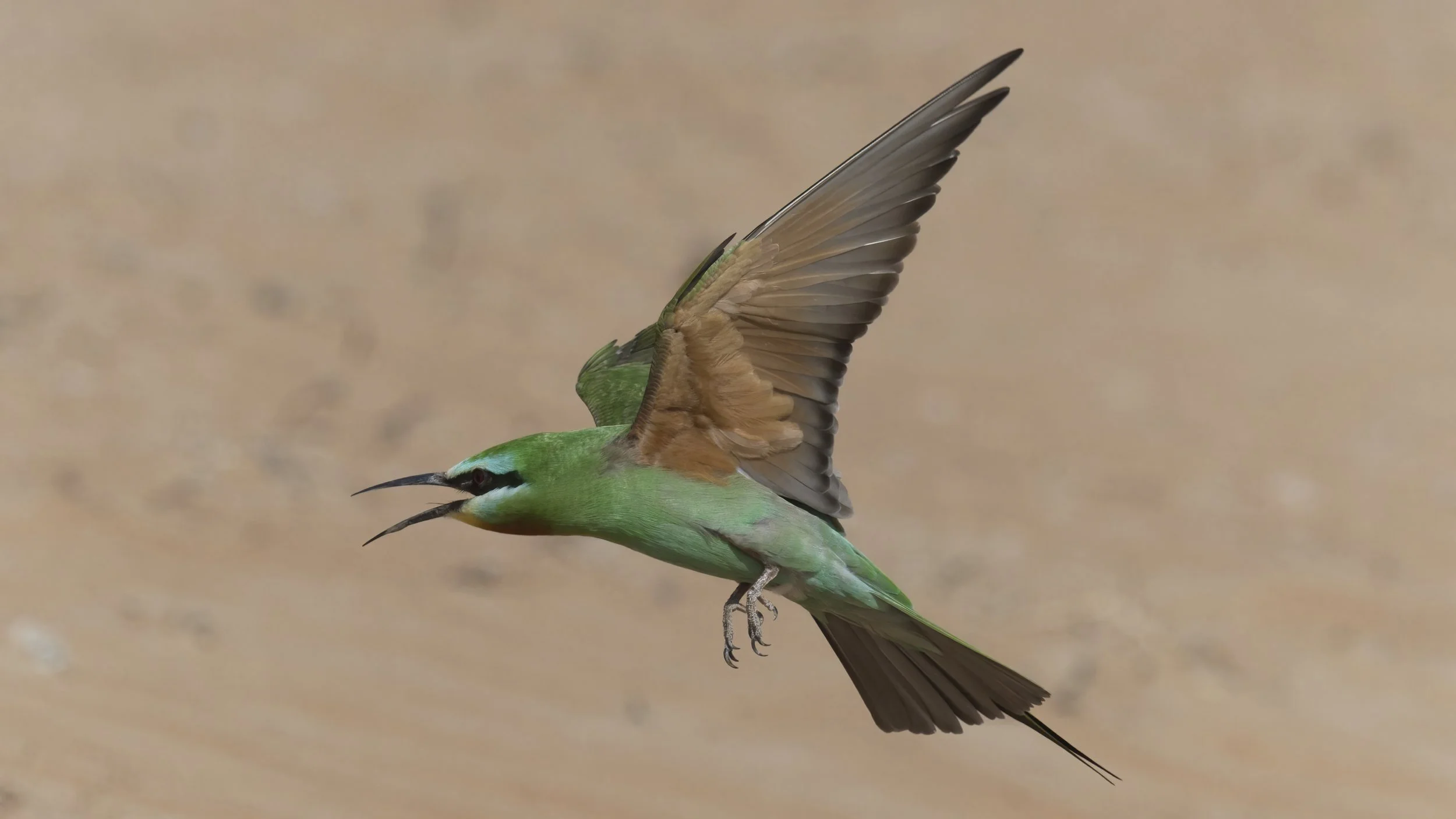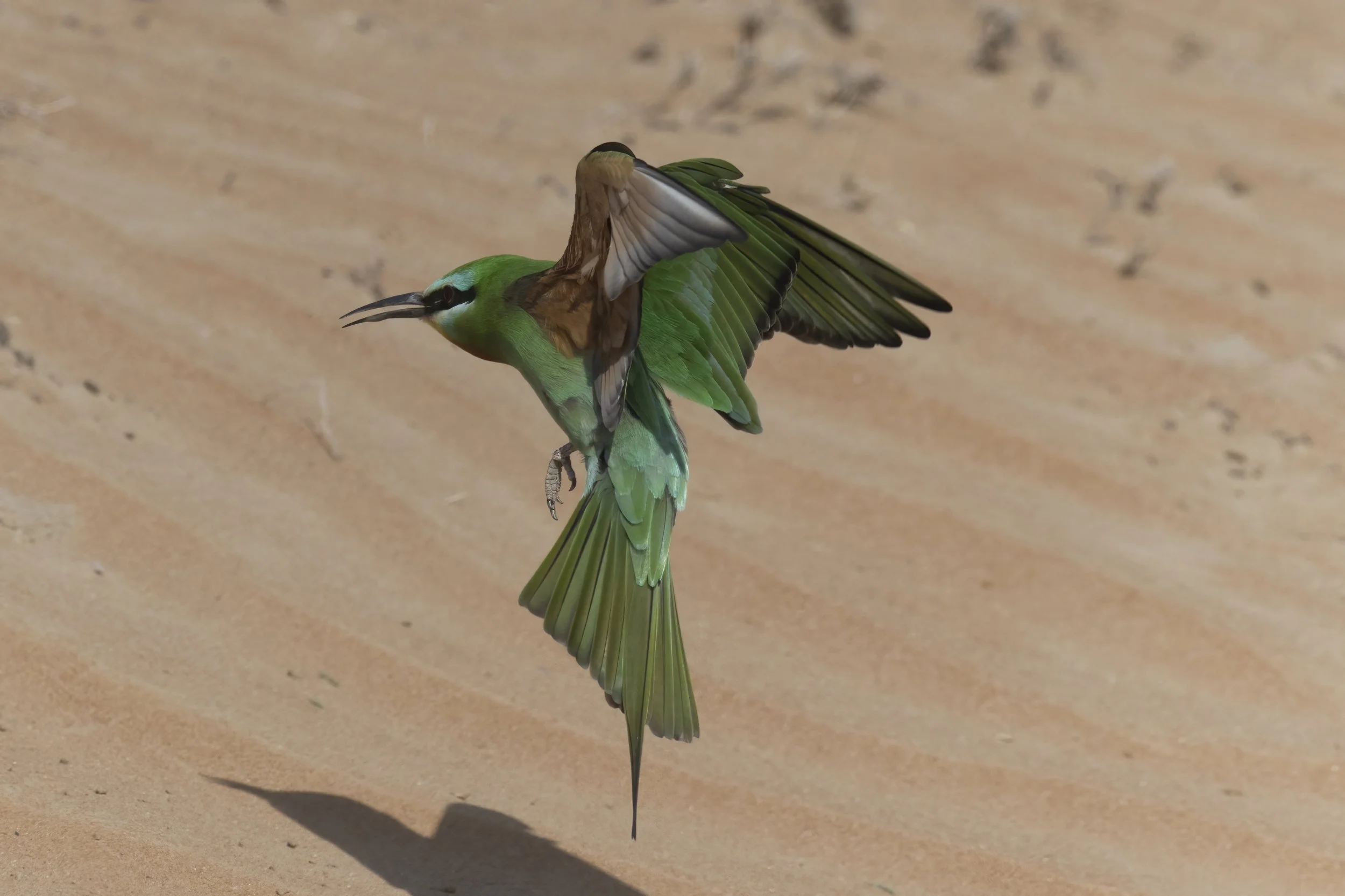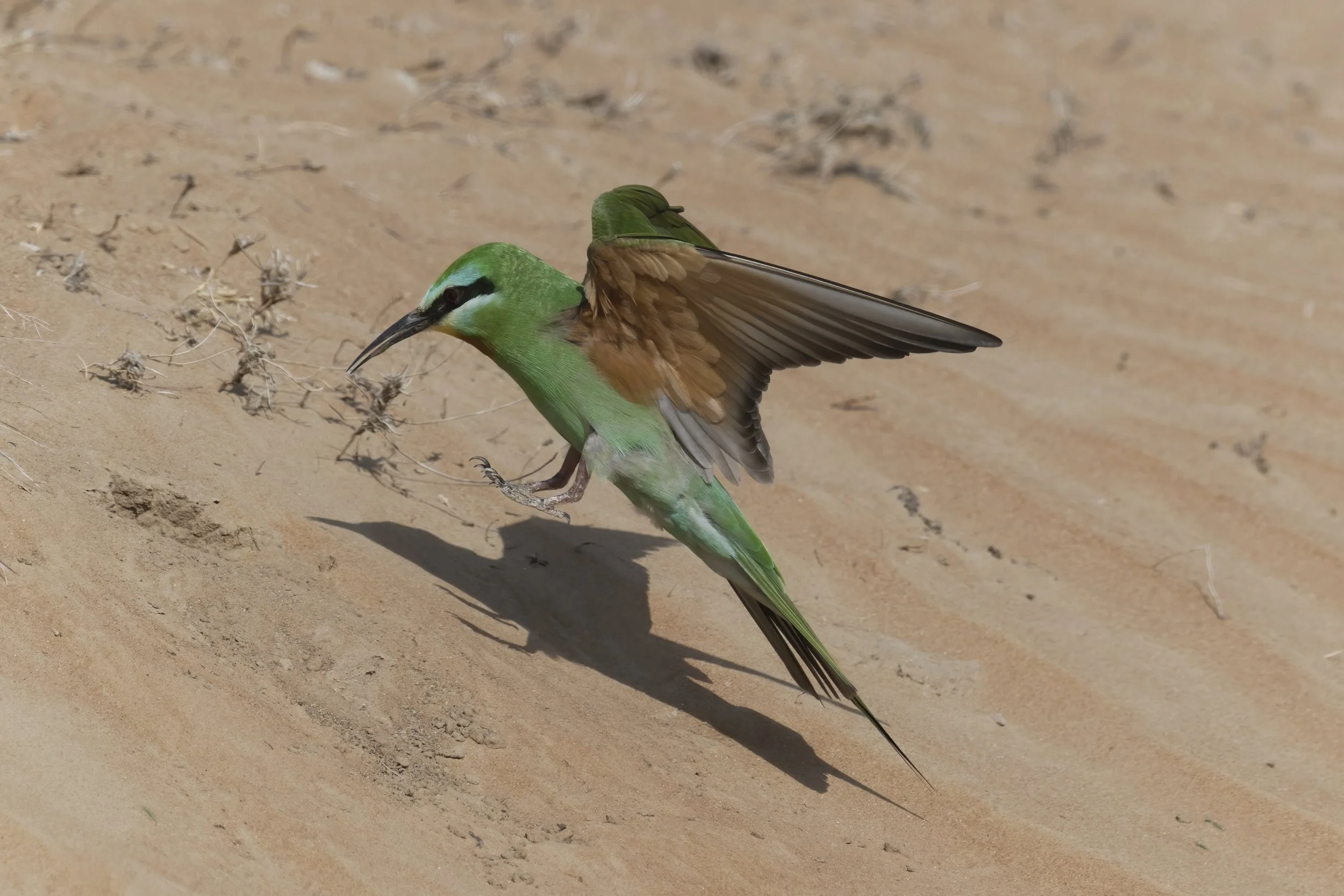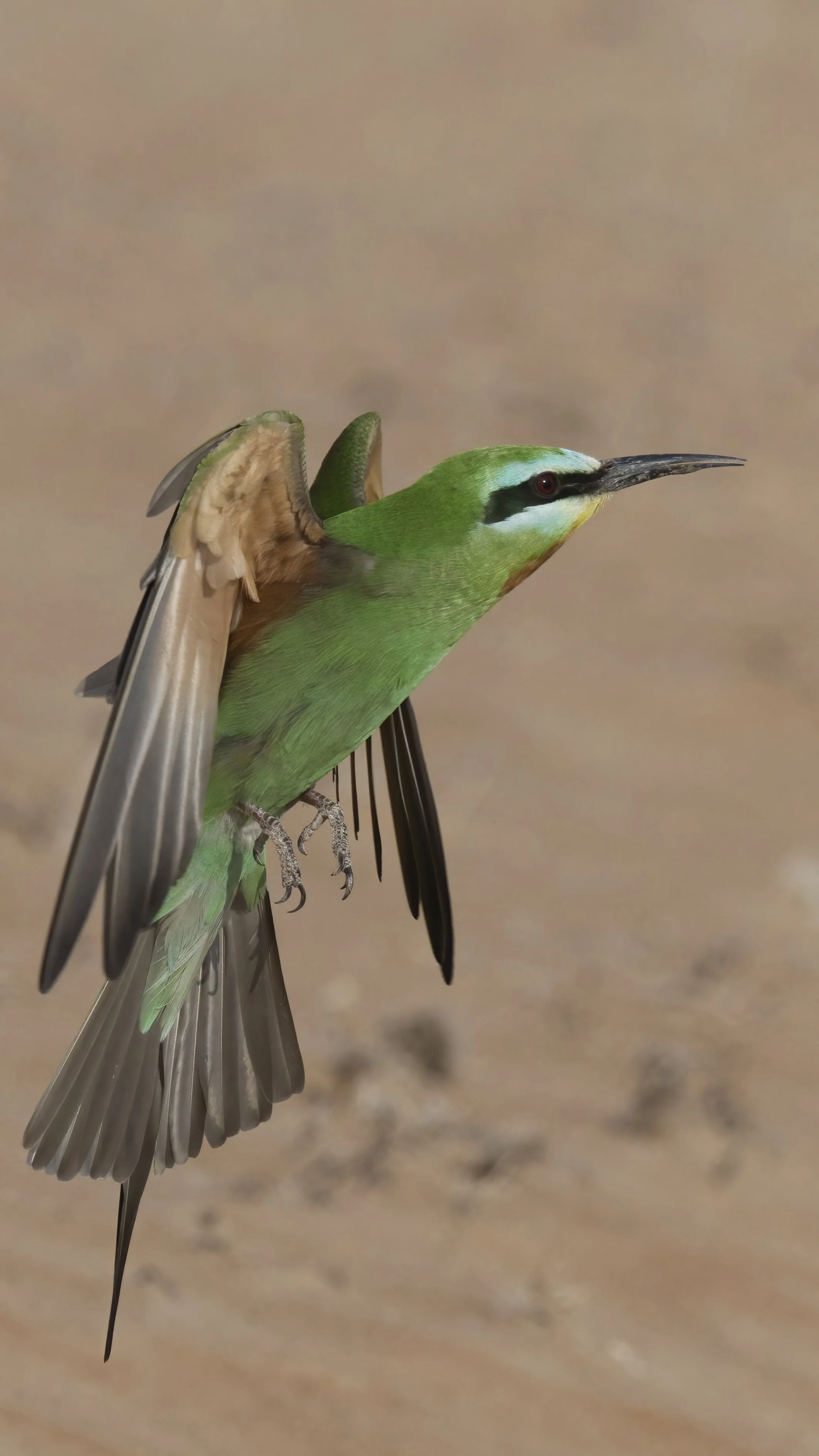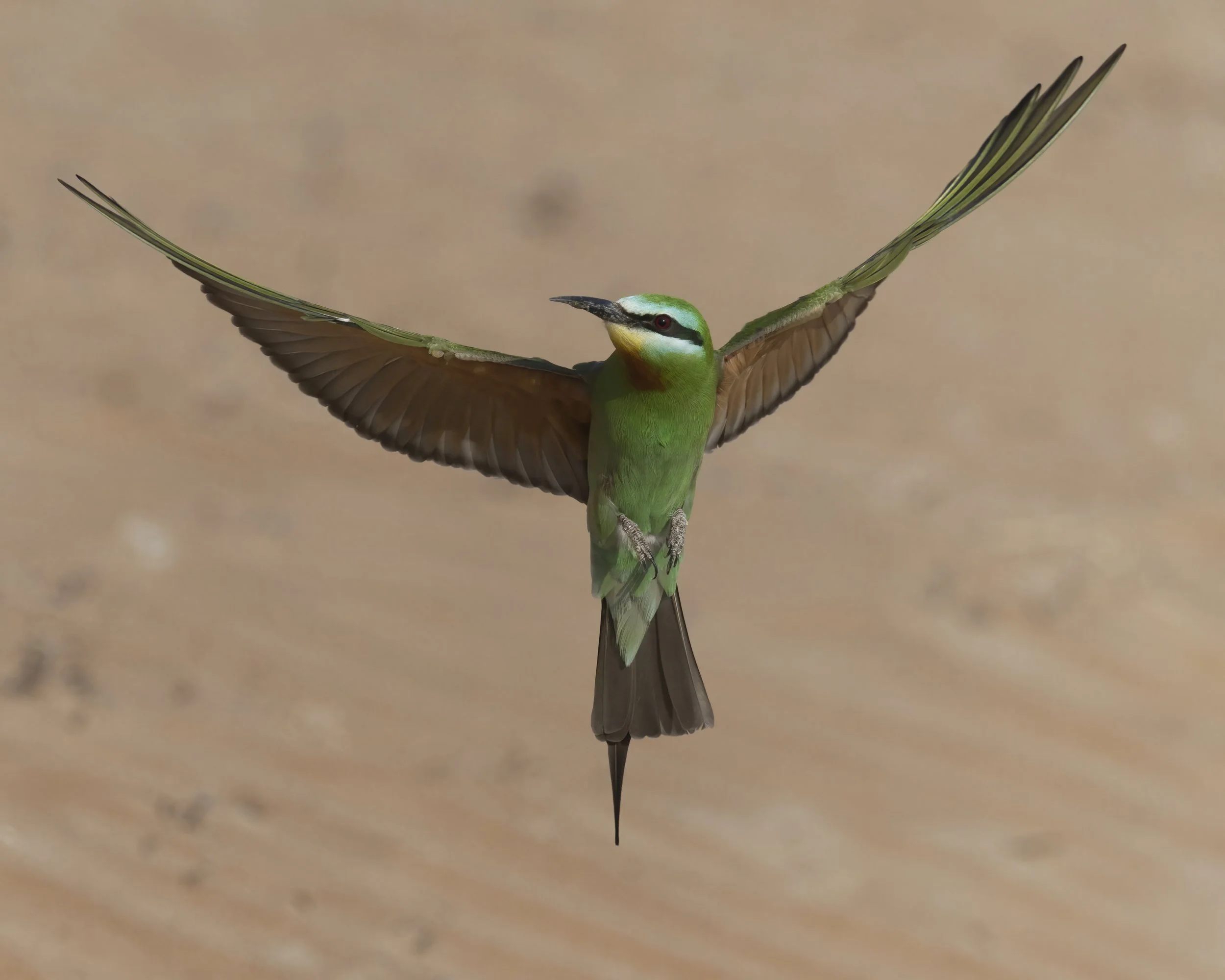Blue-cheeked Bee-eater / Merops persicus **
The Blue-cheeked Bee-eater (Merops persicus) is a striking and agile bird known for its vibrant green plumage, distinctive blue cheeks, and elongated, pointed wings. In UAE its Common migrant and declining breeding visitor, it passes through the UAE during its seasonal movements between breeding grounds in Central Asia and wintering areas in Africa. Often seen in open areas, wetlands, and along coastlines, it skillfully catches insects mid-air, especially bees and dragonflies. Its graceful flight and social nature make it a captivating species to observe, particularly when gathered in flocks before migration. With its dazzling colors and aerial acrobatics, the Blue-cheeked Bee-eater is a highlight for birdwatchers and photographers alike.
The Blue-cheeked Bee-eater (Merops persicus) nests in colonies, often choosing sandy banks, cliffs, or flat ground with soft soil where they can dig long horizontal tunnels that end in a nesting chamber. These burrows can extend up to 1–2 meters deep, offering protection from predators and harsh weather. Nesting typically occurs during the spring and summer months, depending on the region. In the UAE, breeding is rare but has been recorded, mostly in remote or undisturbed areas. Both the male and female participate in digging the tunnel and caring for the eggs. A typical clutch consists of 4 to 8 white eggs, which are incubated for about 20 days. After hatching, the chicks are fed a steady diet of insects, especially bees, wasps, and dragonflies, brought in by both parents. Blue-cheeked Bee-eaters often return to the same nesting site year after year, and their colonies can grow significantly in size when conditions are favorable.
| NOT EVALUATED | DATA DEFICIENT | LEAST CONCERN** | NEAR THREATENED | VULNERABLE | ENDANGERED | CRITICALLY ENDANGERED | EXTINCT IN THE WILD | EXTINCT |
|---|---|---|---|---|---|---|---|---|
| NE | DD | LC | NT | VU | EN | CR | EW | EX |


